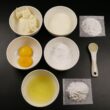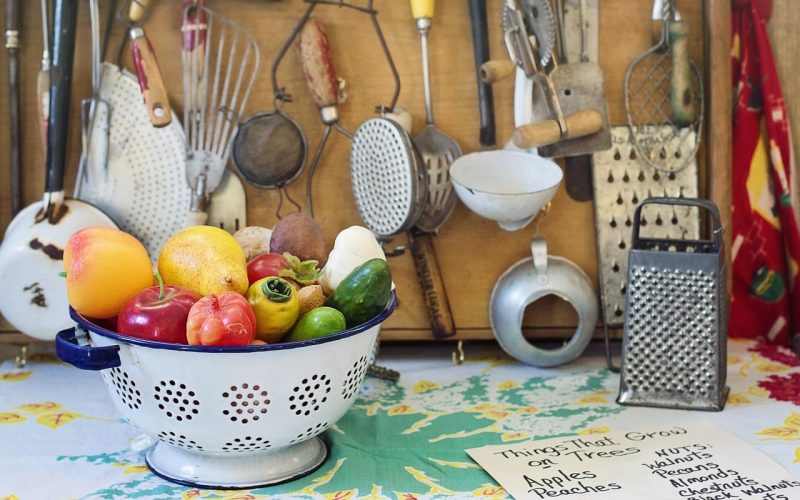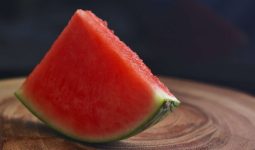The kitchen is the heart of any home, and the right kitchen utensils can make all the difference when cooking a delicious meal.
Whether you’re a beginner in the kitchen or an experienced chef, knowing the different types of kitchen utensils is essential.
This guide will discuss the most common kitchen utensils, their uses, and their benefits. So, get ready to get cooking!
Are you familiar with the various kitchen utensils used in the kitchen? While many people are familiar with the most commonly used kitchen items, such as knives, spoons, and forks, many more utensils can be found in the kitchen.
This blog post will discuss the different types of kitchen utensils, their uses, and why they are important.
Read on to find out more about kitchen utensils and how they can help you in the kitchen.
1. Spatulas
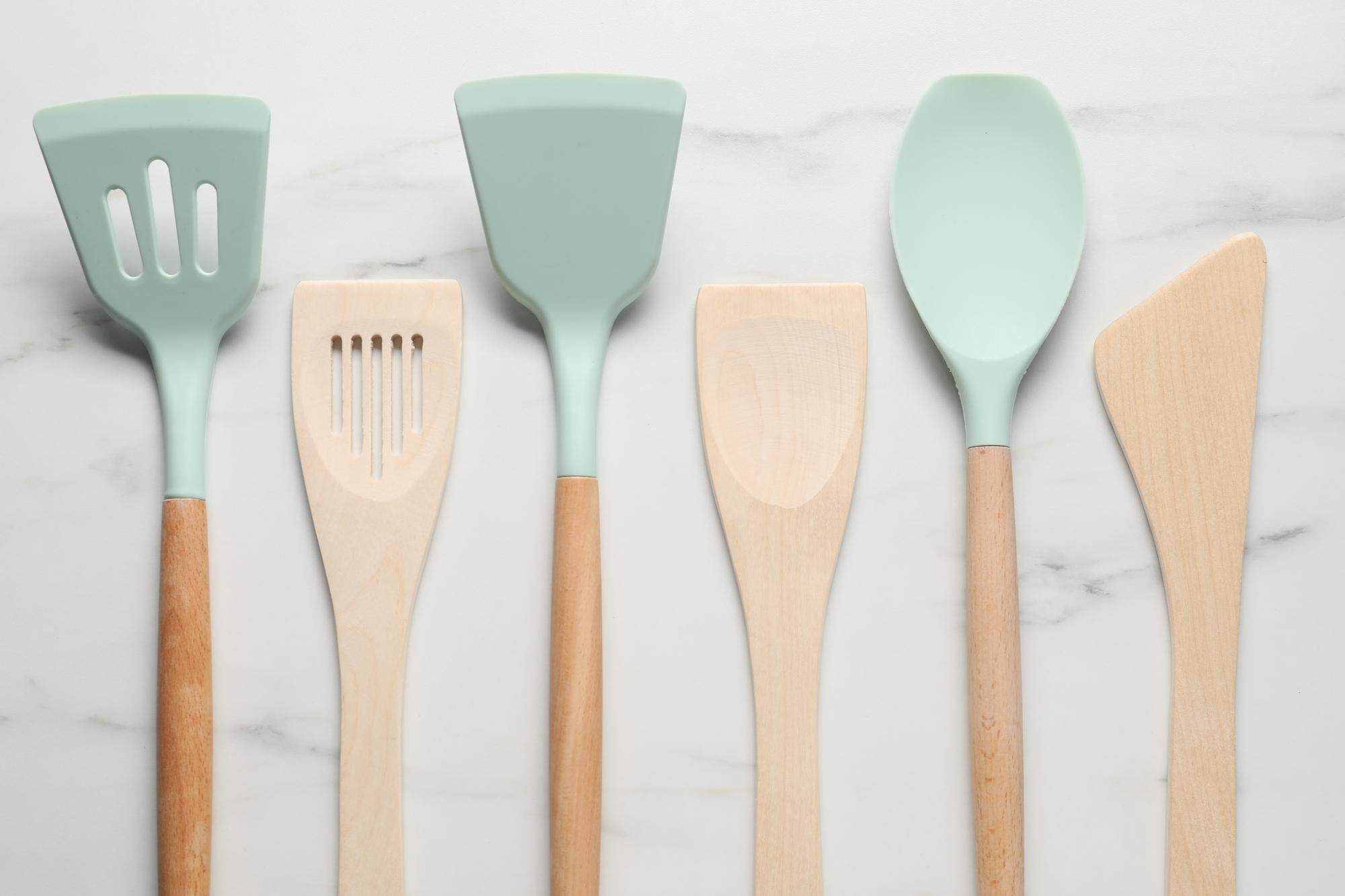
Spatulas are an essential type of kitchen utensils and come in various shapes and sizes.
Spatulas can be used to spread, flip, and scrape food. They are typically made from plastic or metal and have a flat, wide surface with a handle attached.
Plastic spatulas are great for cooking delicate foods like eggs and omelets, while metal spatulas are better suited for heavier jobs like flipping burgers.
Spatulas can also be used for spreading batters and doughs, scraping out the contents of jars, and stirring ingredients together.
When buying a spatula, choosing one that is sturdy and easy to handle is important.
Look for a comfortable grip and long handle that won’t heat up during use.
2. Whisks
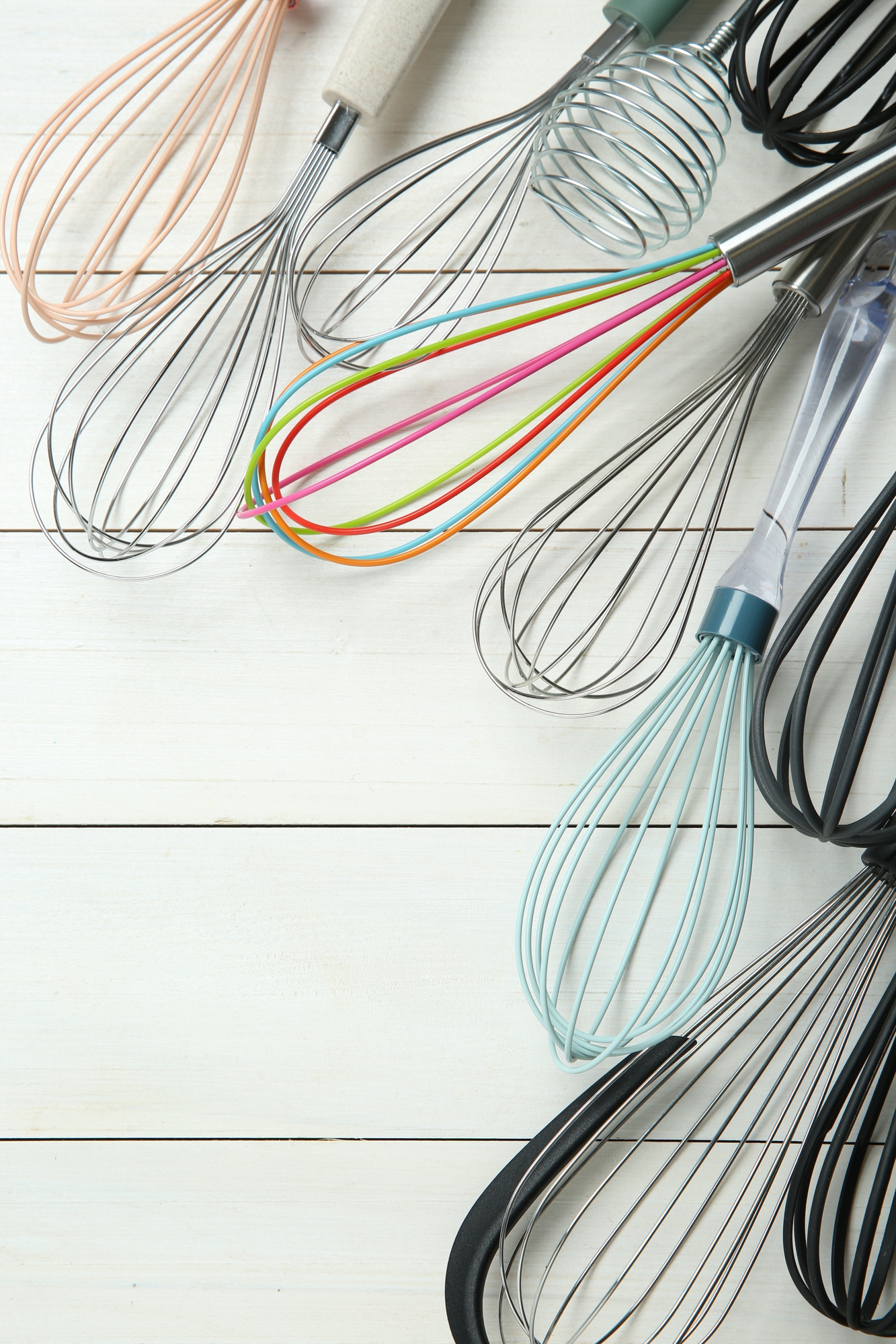
A whisk is an essential type of kitchen utensil that is used to combine ingredients quickly and evenly.
They are perfect for whipping cream, egg whites, and sauces. There are many types of whisks to choose from depending on the task.
A balloon whisk is great for delicate tasks like whisking egg whites or cream.
This type of whisk has a rounded shape with looped wires, allowing for gentle yet thorough mixing.
A flat whisk is better suited for heavier tasks like combining cake batter.
This type of whisk has a flat shape with thick, sturdy wires for quick and efficient stirring.
No matter what kind of whisk you use, it’s important to remember that these utensils are designed for specific purposes.
For example, a flat whisk for whipping cream won’t provide the same results as a balloon whisk.
With the right whisk in hand, you’ll be able to mix and blend ingredients with ease.
3. Tongs

Tongs are one of the most versatile types of kitchen utensils. They are a great multi-purpose tool, from flipping foods in a pan to serving food on a plate.
Tongs can also remove hot items from boiling water or oil and transfer fruits and vegetables to a bowl.
Tongs come in all different sizes and shapes so that you can find the right pair for any task.
Some are designed for gripping large items like chickens or turkeys, while others are best for small items like portions of pasta or shrimp.
Be sure to check out the locking mechanisms on each type of tong, as these are designed to keep them open while using them.
4. Measuring Cups and Spoons
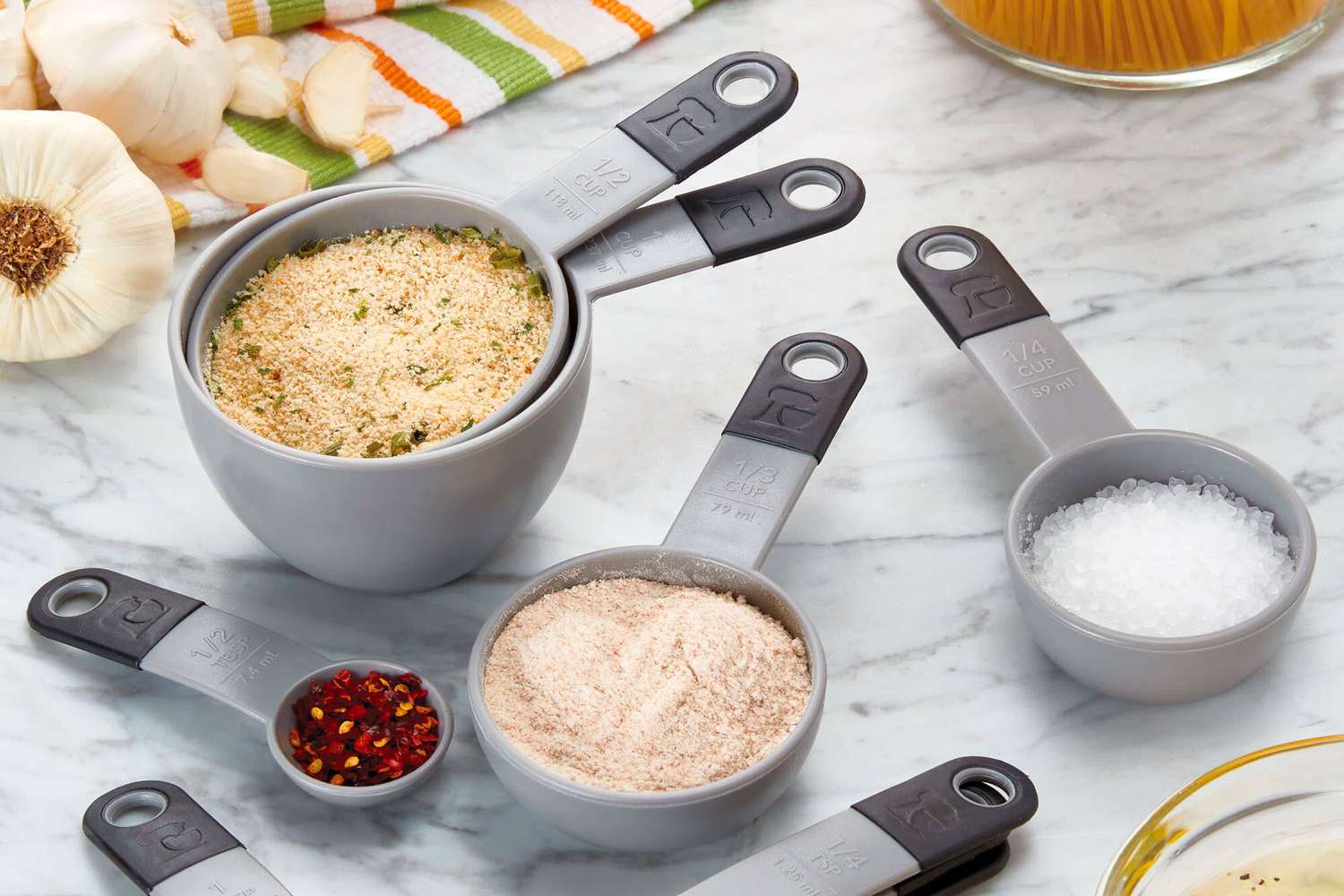
Measuring cups and spoons are essential kitchen utensils used to measure the number of ingredients used in a recipe.
Measuring cups usually come in sets that include one-cup, half-cup, quarter-cup cups, and one-eighth-cup sizes.
Measuring spoons come in sets that include a teaspoon, tablespoon, and sometimes a half-tablespoon size.
When measuring dry ingredients, such as flour or sugar, it is important to fill the measuring cup or spoon with the ingredients and level it off with a knife or spatula.
The measuring cup or spoon should be filled to the indicated line for wet ingredients, like oil or milk.
Measuring cups and spoons are invaluable tools for cooks and bakers to ensure accuracy when creating delicious dishes.
5. Knives
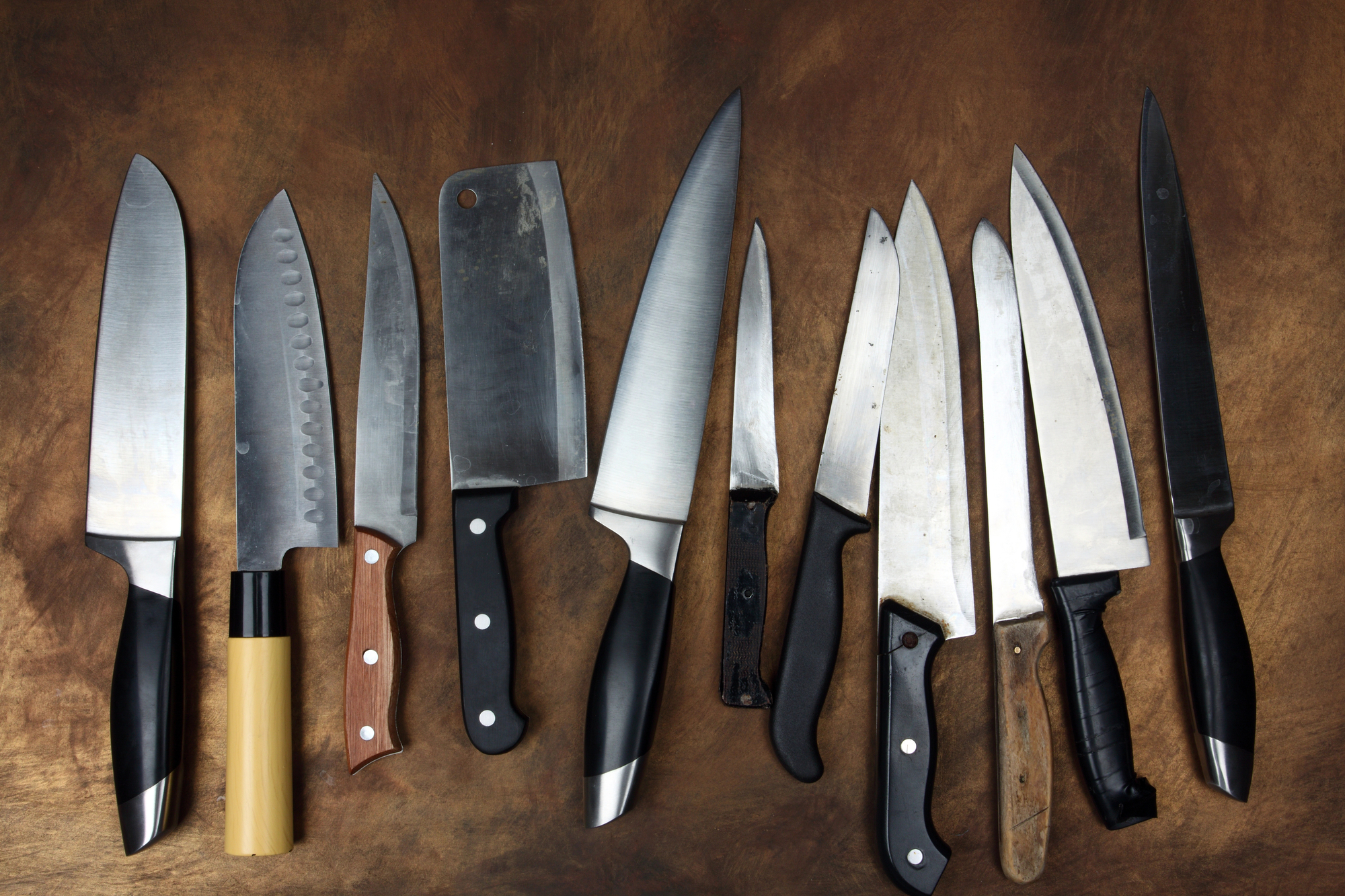
Knives are one of the different types of kitchen utensils. You’ll need the right knife from slicing and dicing to chopping and mincing.
Different types of knives can help you tackle a variety of tasks. Common kitchen knives include paring knives, chef’s knives, boning knives, serrated knives, bread knives, and utility knives.
Paring knives are great for peeling and precision work. Chef’s knives are perfect for chopping and slicing larger items.
Boning knives are designed for cutting meat away from bones, while serrated knives are perfect for slicing through tougher food items.
Bread knives will quickly work your homemade loaves, and utility knives are great all-purpose options.
Investing in quality kitchen knives can make all the difference in the kitchen!
6. Peelers
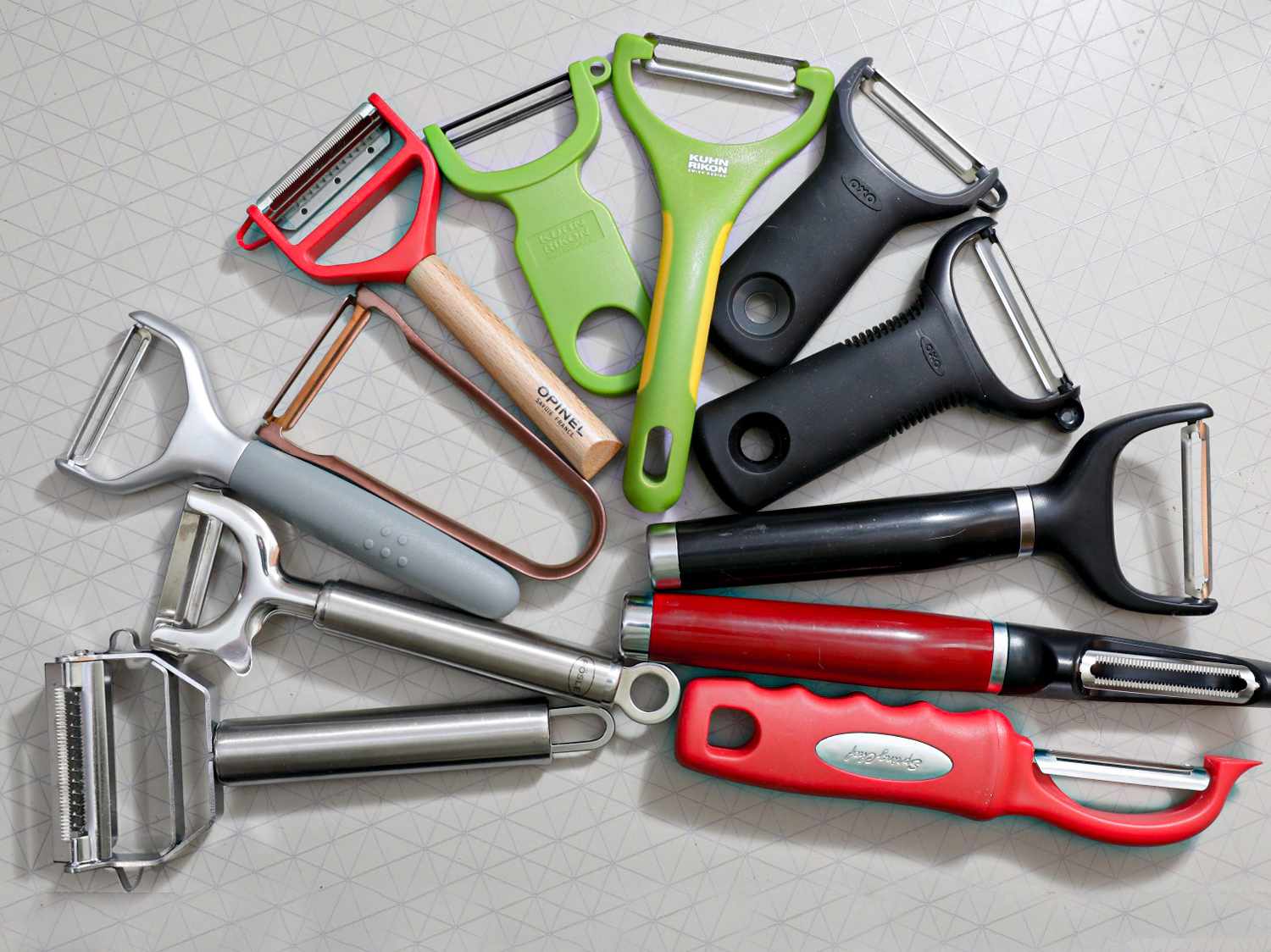
Peelers are one of the different must-have kitchen utensils for any home cook.
They quickly peel apples, potatoes, carrots, and other root vegetables.
There are two main types of peelers available: straight blade and serrated.
Straight-blade peelers have a single straight edge, making it easy to peel continuously.
They’re great for peeling thin-skinned fruits and vegetables like apples and tomatoes.
Serrated peelers have teeth along the blade that grip onto tougher skins, such as potatoes and carrots.
They’re also more effective at peeling soft-fleshed fruits like kiwi and mangoes.
Regardless of which type of peeler you choose, ensure it has a comfortable grip and is made from quality material that won’t rust or tarnish.
Also, look for a model with an adjustable blade angle to accommodate different-sized fruit and vegetable shapes.
You can quickly and easily prepare your favorite recipes with the right peeler.
7. Graters
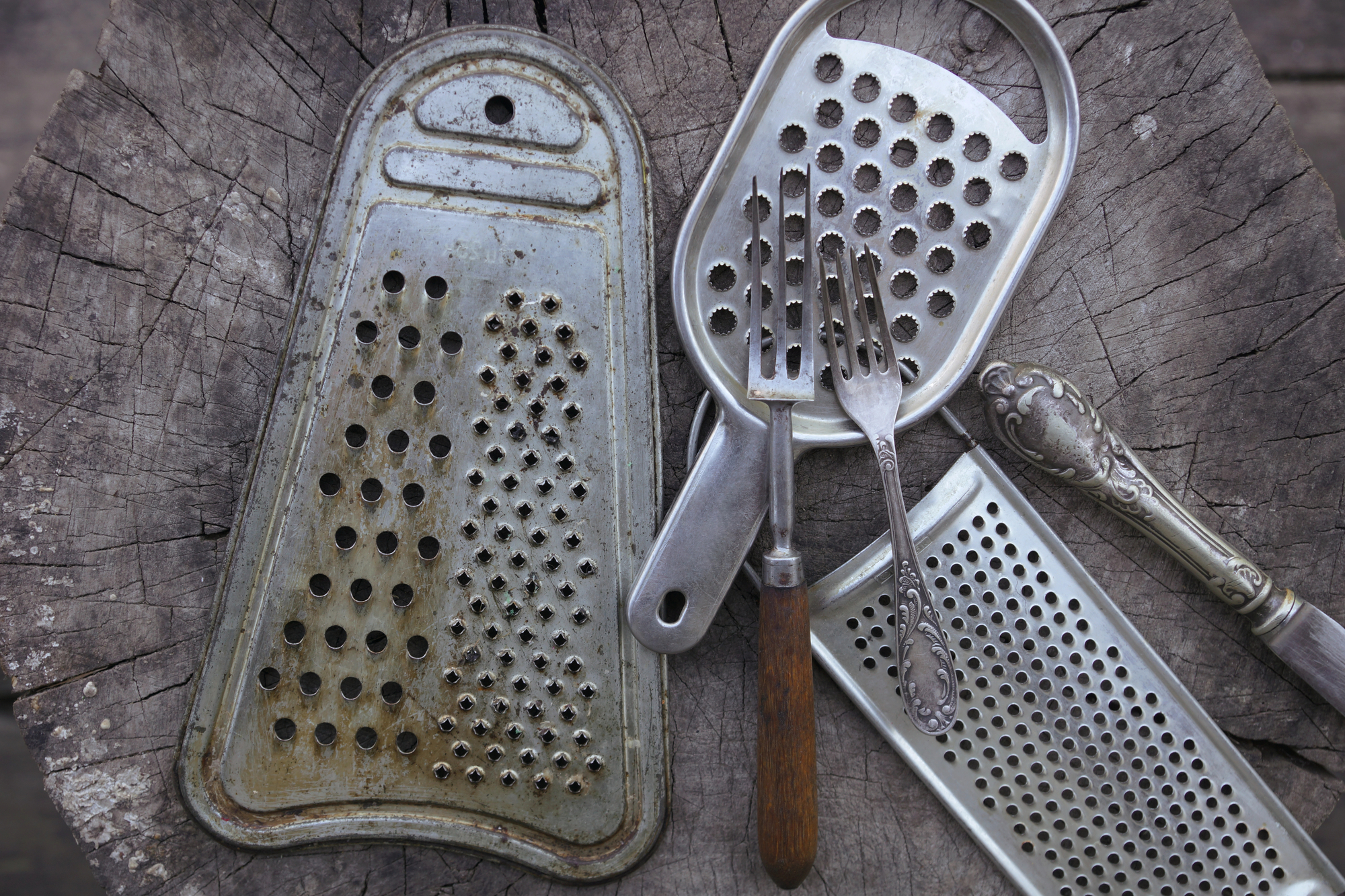
Graters are one of the different kitchen utensils and can be used to create a wide range of textures in your cooking.
From finely grated cheese to coarsely grated carrots, graters can do it all.
Graters come in different shapes and sizes and can grate hard and soft foods.
The most common types of graters are box graters and hand graters.
Box graters have four sides with different blade options – fine, medium, coarse, and ultra-coarse so you can choose the right texture for whatever you’re preparing.
Hand graters are small handheld tools with a simple rectangular shape, allowing easy handling.
They usually have a single blade on one side and a coarse surface on the other.
Use it properly for safety and accuracy, no matter which type of grater you choose.
Keep your grater away from sharp edges or irregular surfaces to avoid damaging the blades.
Make sure to use the correct blade for the food you’re preparing – for instance, use the fine blade for hard cheeses and the coarse blade for softer vegetables like zucchini or squash.
With the right kitchen utensils, you can create delicious meals with ease.
So make sure to stock up on a few essential graters. They are an invaluable tool in any kitchen!
8. Zesters
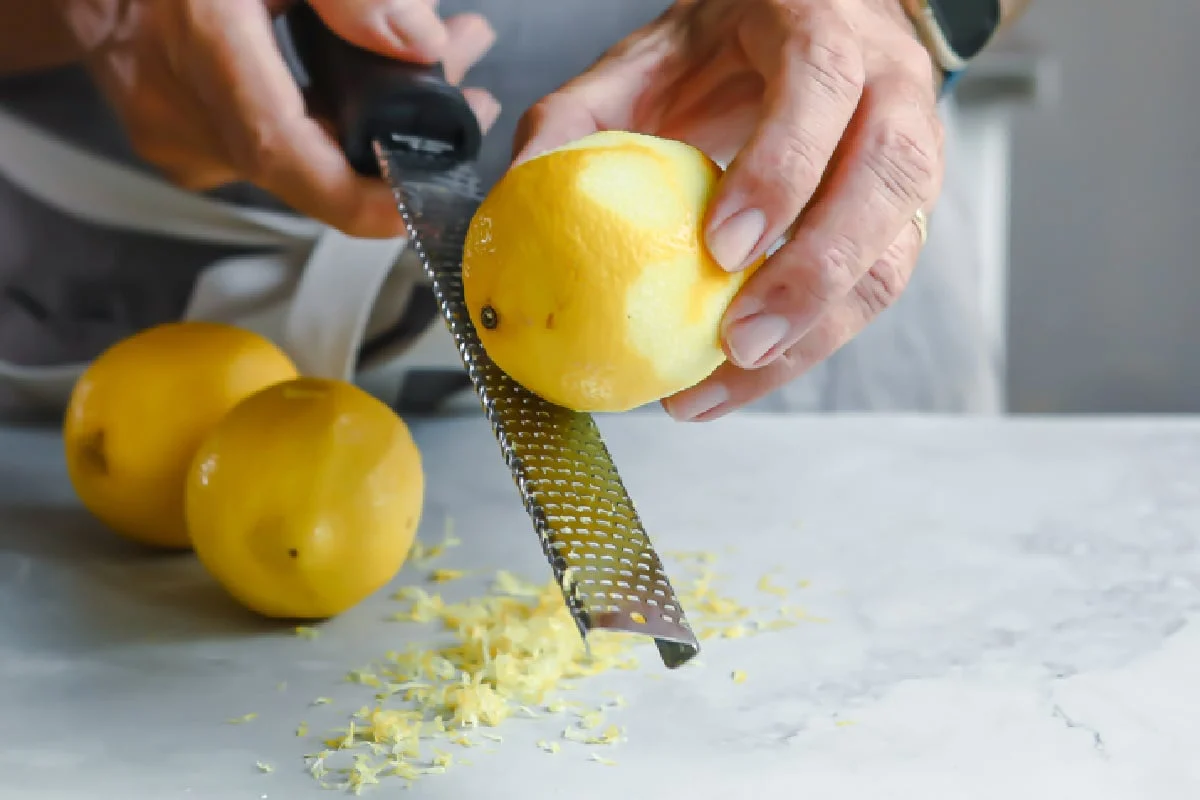
Zesters are one of the different kitchen utensils used for grating citrus fruits, such as lemons and limes, to create garnishes or add a splash of citrus flavor to food.
They have a narrow blade with tiny holes that easily break down the cells of the fruit’s rind.
Zesters are great for adding flavor without the added acidity of the juice. It is also an easy way to incorporate citrus zest into recipes.
Zesters are available in various styles, from traditional stainless steel graters to more modern versions with ergonomic handles.
For maximum efficiency, opt for a zester with sharp, thin blades that can easily cut through the tough rind.
9. Strainers
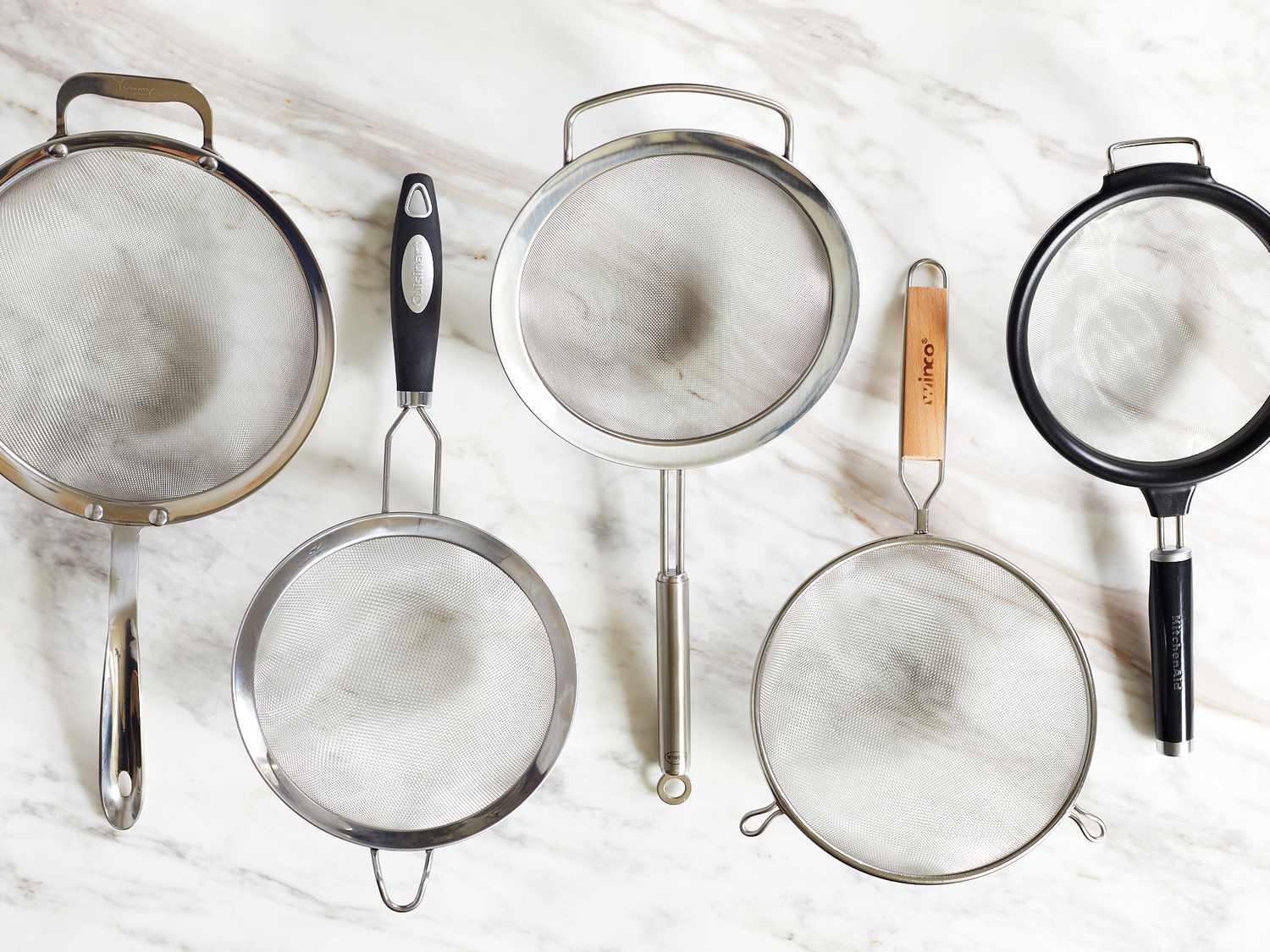
There are different kitchen utensils, but the one essential for one who does a lot of cooking is the strainers.
They come in various sizes and shapes, but all are designed to strain liquids from solids.
They are usually stainless steel, and some have plastic handles for easy grip.
Common strainers include a colander, sieve, chinois, and tea strainer.
A tea strainer is a fine mesh that separates tea leaves from the brewed beverage.
No matter your cooking needs, having a few different types of strainers on hand can help make preparing meals easier and faster.
Be sure to choose the right size and material depending on what you need to strain.
10. Sieve
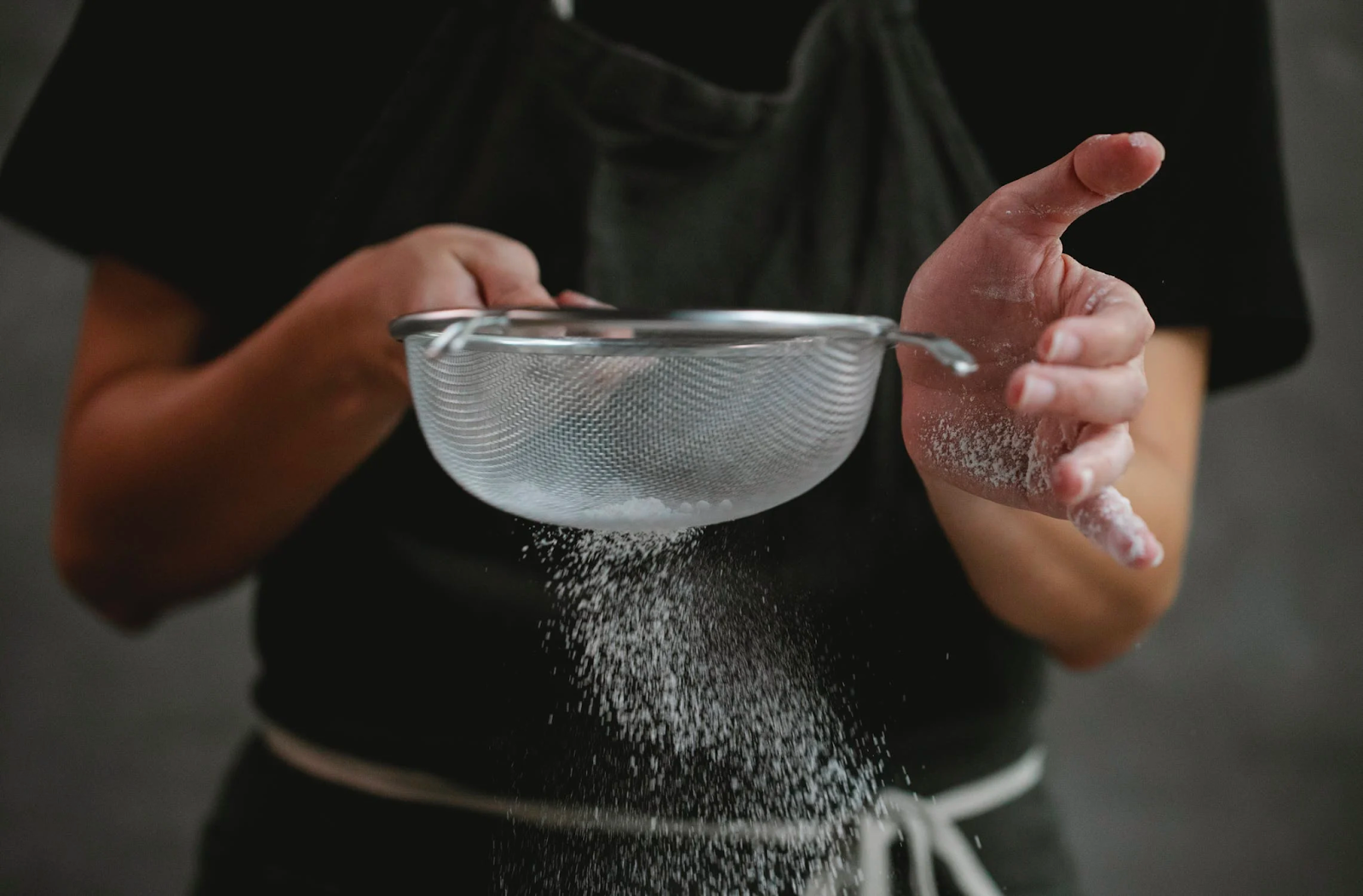
A sieve, sometimes called a fine-mesh strainer, features a finer mesh than a colander.
This makes it perfect for tasks that require more precision, such as sifting flour, straining sauces, or removing small particles from liquids.
Sieves are indispensable for baking and cooking when a smooth, lump-free texture is desired.
11. Chinois
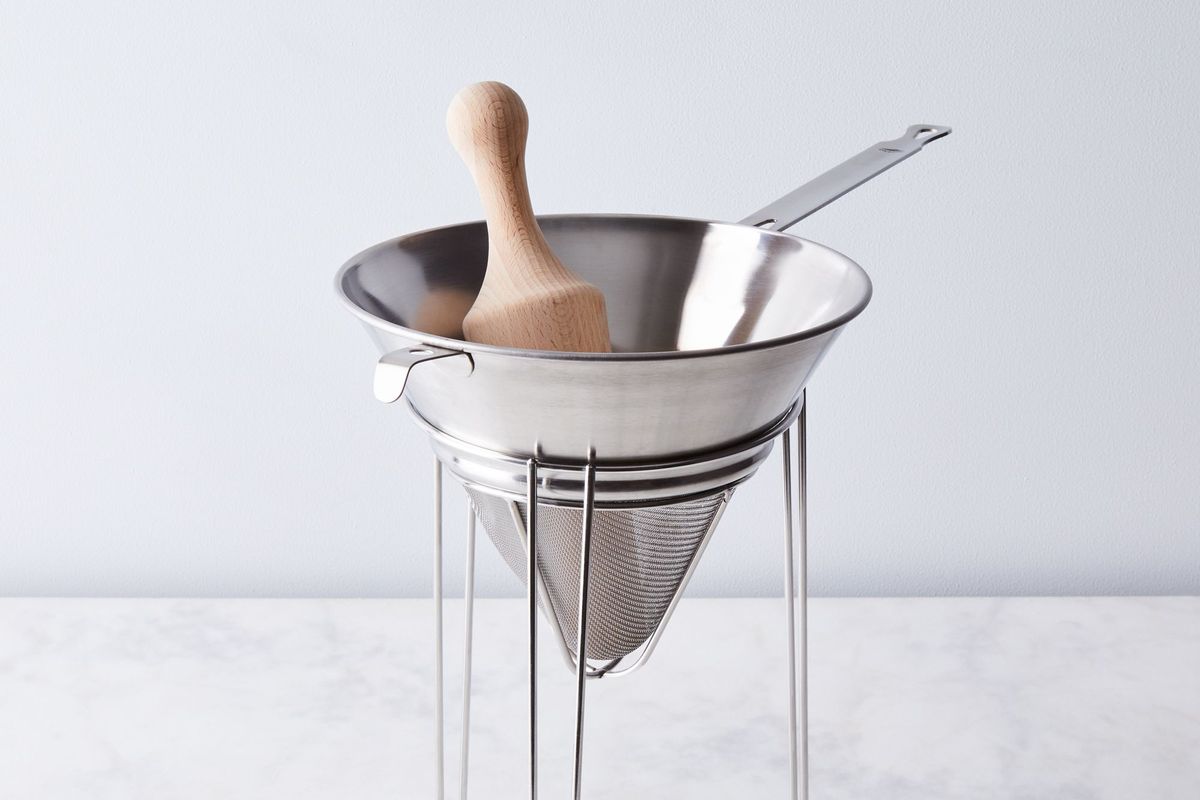
A chinois is a cone-shaped strainer with an extremely fine mesh designed to create smooth purees and soups.
Its unique shape and fine mesh make it ideal for straining out seeds, skins, and other unwanted solids, ensuring a silky texture in your culinary creations.
The chinois is often used in professional kitchens for its ability to produce refined and high-quality results.
12. Cutting Board
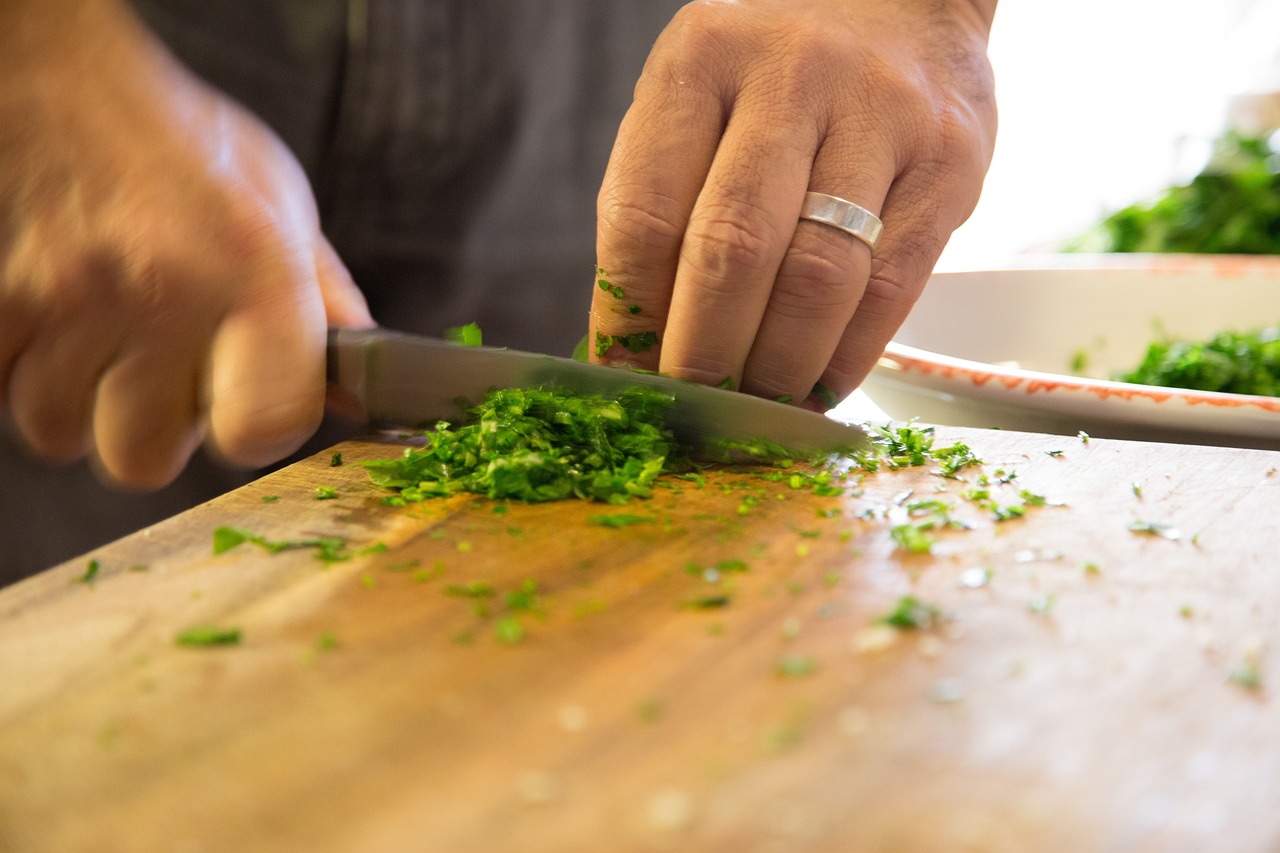
Cutting boards are one of the different types of kitchen utensils. Various types of cutting boards can be used for different tasks.
Wooden cutting boards are popular because they are durable and easily sanitized.
They come in various sizes, shapes, and thicknesses to suit the task.
Wooden cutting boards should be washed with warm, soapy water after each use and not put in the dishwasher.
Plastic cutting boards are also a popular option. They are available in a range of sizes, shapes, and thicknesses.
Plastic cutting boards are easier to clean and sanitize than wooden boards and can be placed in the dishwasher.
Glass cutting boards are becoming more popular as they can be used as serving trays and are easy to clean. They should not be used for cutting as they can dull knives.
Bamboo cutting boards are an eco-friendly option that is becoming more popular.
They are durable, come in various sizes and shapes, and can be washed with warm soapy water.
Cutting boards are an important tool for preparing food in the kitchen.
Different materials offer different advantages, so choosing the right one for your needs is important.
13. Can Opener
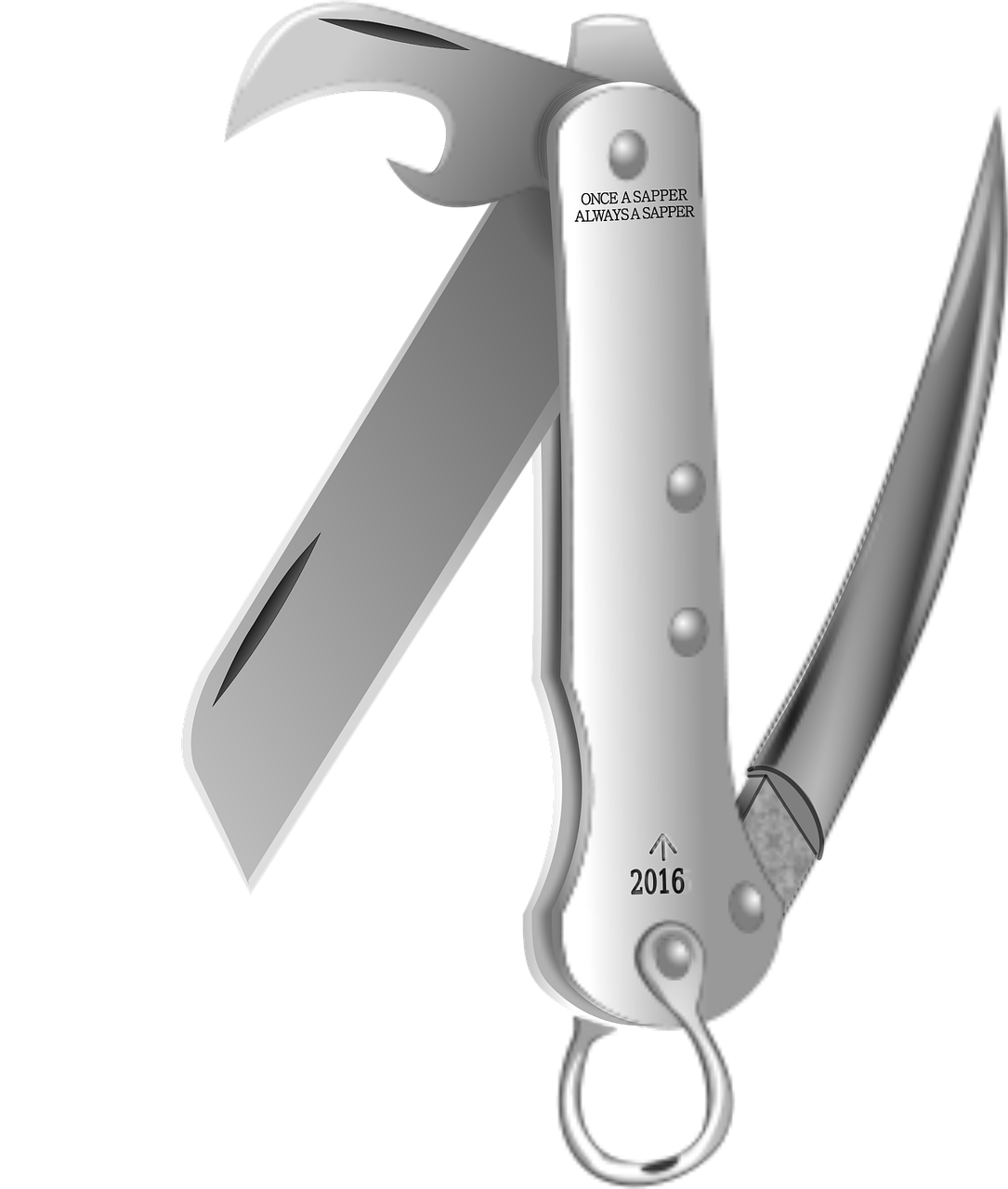
Can openers are a crucial type of kitchen utensil. A high-quality can opener can quickly and efficiently open cans, saving you time and effort in the kitchen.
Can openers come in different styles, from manual to electric models?
Manual can openers have been around for decades and are still popular for home cooks who want a reliable and cost-effective way to open cans.
Manual can openers are designed to be held in one hand and rotated around the top of a can.
The sharp blade cuts into the lid, allowing it to be removed. Manual can openers usually feature an ergonomic handle, making them easy and comfortable.
Electric can openers are an increasingly popular option for busy home cooks.
These can openers require little effort, as you must place the can on the electric opener’s platform and press the start button.
Electric can openers include features such as a built-in knife sharpener, bottle opener, and cord storage.
They’re great for people who don’t have a lot of strength in their hands or arms.
Whether you choose a manual or electric can opener, they’re both essential tools for anyone who spends time in the kitchen.
With one of these handy devices, you can easily open cans to make your favorite recipes.
14. Mixing Bowls
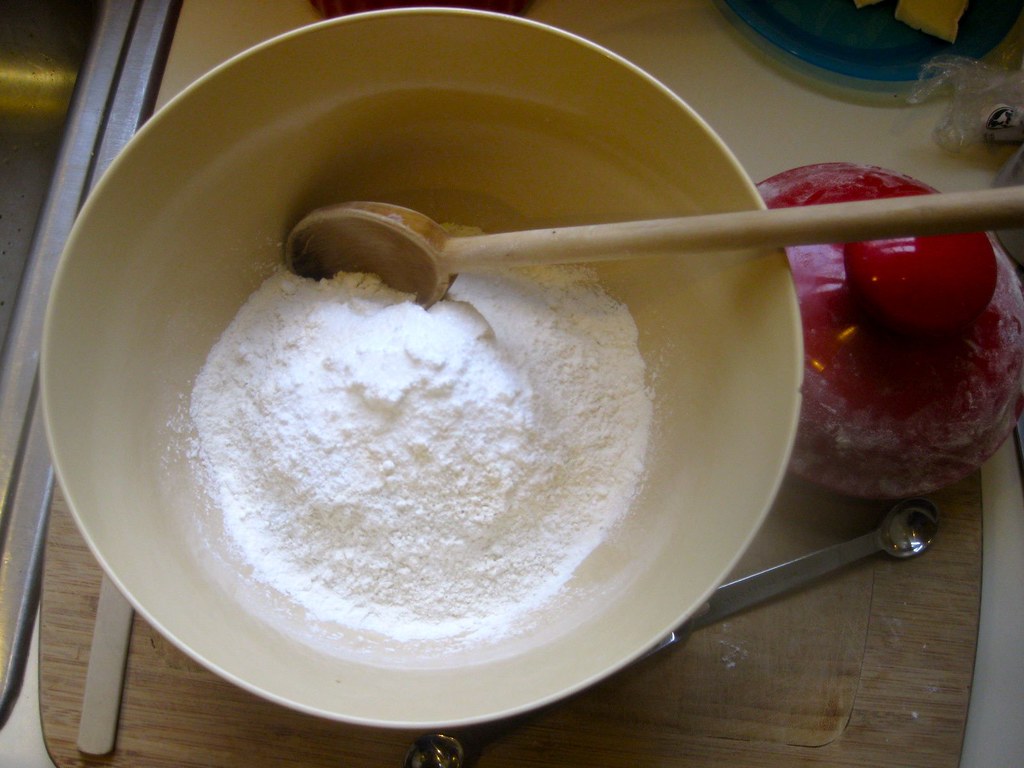
Mixing bowls, one of the different kitchen utensils, are essential for any kitchen and come in various materials and sizes.
The most common mixing bowls are made from stainless steel, glass, ceramic, or plastic.
Stainless steel mixing bowls are durable, easy to clean, and won’t absorb odors.
Glass and ceramic mixing bowls are more decorative but can be heavy.
Plastic mixing bowls are lightweight and inexpensive but may stain over time.
When selecting a mixing bowl, consider how you plan to use it. For whisking eggs or stirring sauces, a shallow bowl works best.
When baking, deeper bowls with wide bottoms are ideal. It’s also helpful to look for bowls with rubberized bottoms to help prevent sliding while mixing.
A good set of mixing bowls should include at least one large, medium, and small bowl.
You may also want to invest in an additional bowl with a spout for pouring.
No matter the type you choose, having a few mixing bowls is essential for any kitchen!
15. Colander
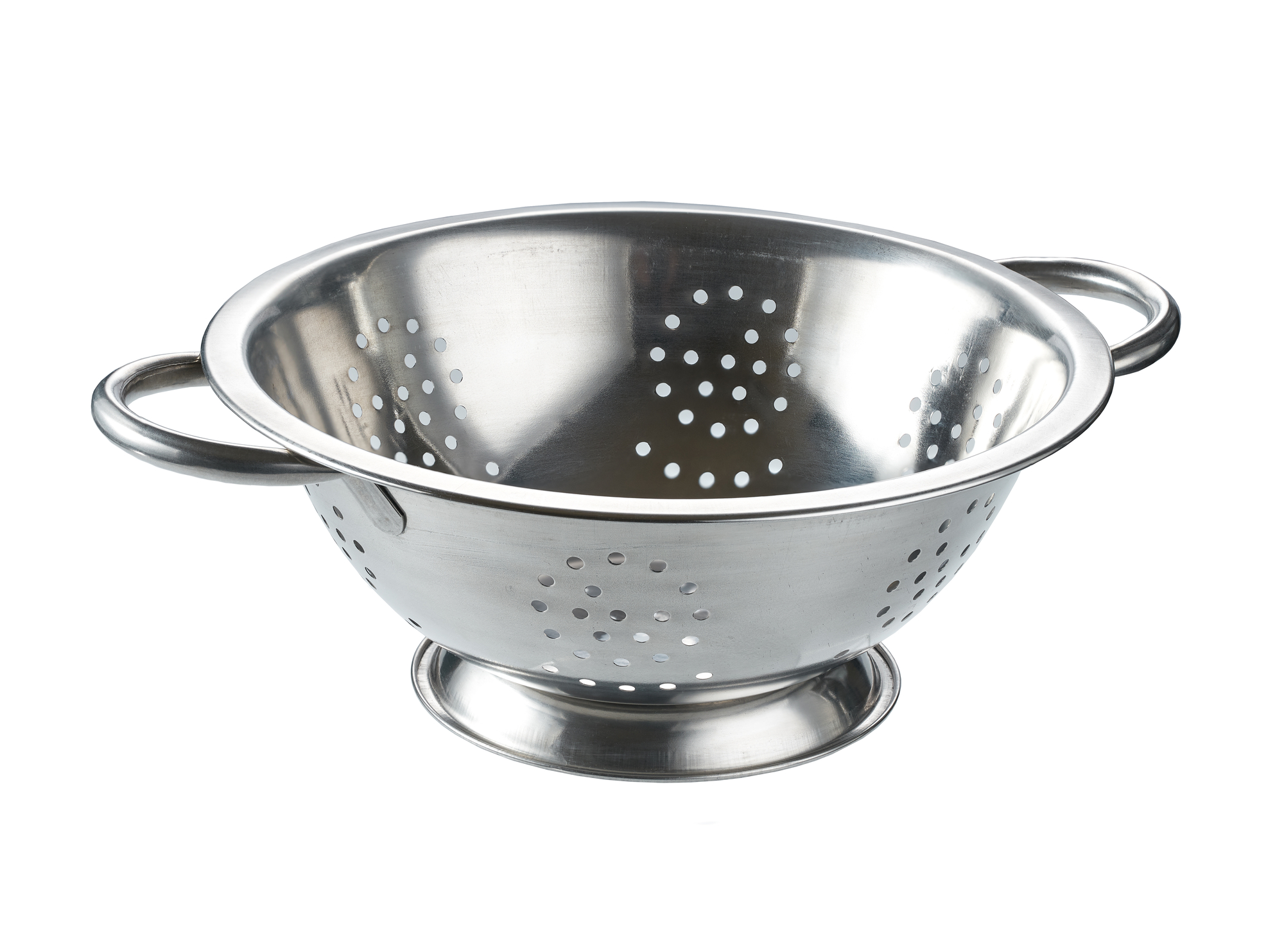
A colander is one of the different kitchen utensils used to strain liquids and solids from food.
It is usually made of metal or plastic and has holes on the sides and bottom, allowing liquid to pass through while keeping food inside.
A colander is commonly used for draining pasta, rinsing vegetables, and washing grains.
It can also be used to strain out seeds and pulp from juices, jams, and jellies.
Consider its size when shopping for a colander; you’ll want one large enough to accommodate whatever you’re straining.
Some models are collapsible and easy to store in small spaces. Colanders are also available in various colors to match your kitchen décor.
16. Potato Masher
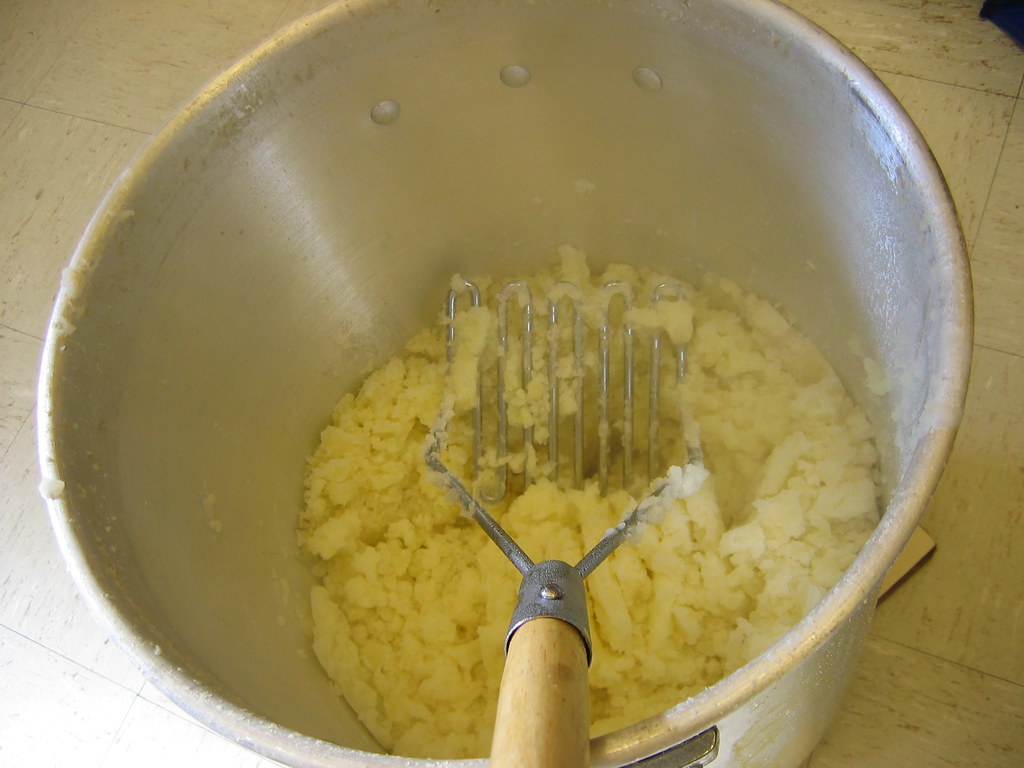
A potato masher is one of the kitchen utensils used to mash cooked potatoes, other root vegetables, and fruits.
It is also known as a ricer, potato smasher, or potato ricer. Potato mashers come in various sizes and styles, ranging from small handheld models to large electric machines.
The basic design of a potato masher consists of a handle with an attached metal plate or disc with holes in it.
When pressed against cooked potatoes, the holes in the disc break up the vegetables into smaller chunks or mash them into a uniform paste-like consistency.
Potato mashers are typically made from stainless steel, aluminum, plastic, or silicone.
Potato mashers are great for creating smooth mashed potatoes with no lumps.
They can also be used for other root vegetables such as turnips, parsnips, and sweet potatoes.
You can make creamy mashed potatoes, chunky mashed potatoes, or anything in between with a potato masher.
Potato mashers can make baby food and crush garlic cloves for sauces and soups.
Whether you prefer smooth and creamy mashed potatoes or chunky and hearty, a potato masher is an essential tool for your kitchen.
With a wide variety of sizes and styles available, there’s sure to be one to suit your needs.
17. Salad Spinner

A salad spinner is one of the kitchen utensils used to quickly and easily dry the excess water from freshly washed salad greens.
It typically consists of a large bowl with a lid that contains an inner basket, a crank handle, and a spinning mechanism.
To use, you place your washed greens in the inner basket, add some cold water, put it on the lid, and then turn the handle.
As you turn the handle, centrifugal force spins the basket around and pushes the water out through small holes in the side of the bowl.
The result is salad greens that are dry enough to dress without getting soggy.
Salad spinners can also clean vegetables such as peppers, carrots, mushrooms, and fruit. They’re a great addition to any kitchen toolkit!
18. Shears
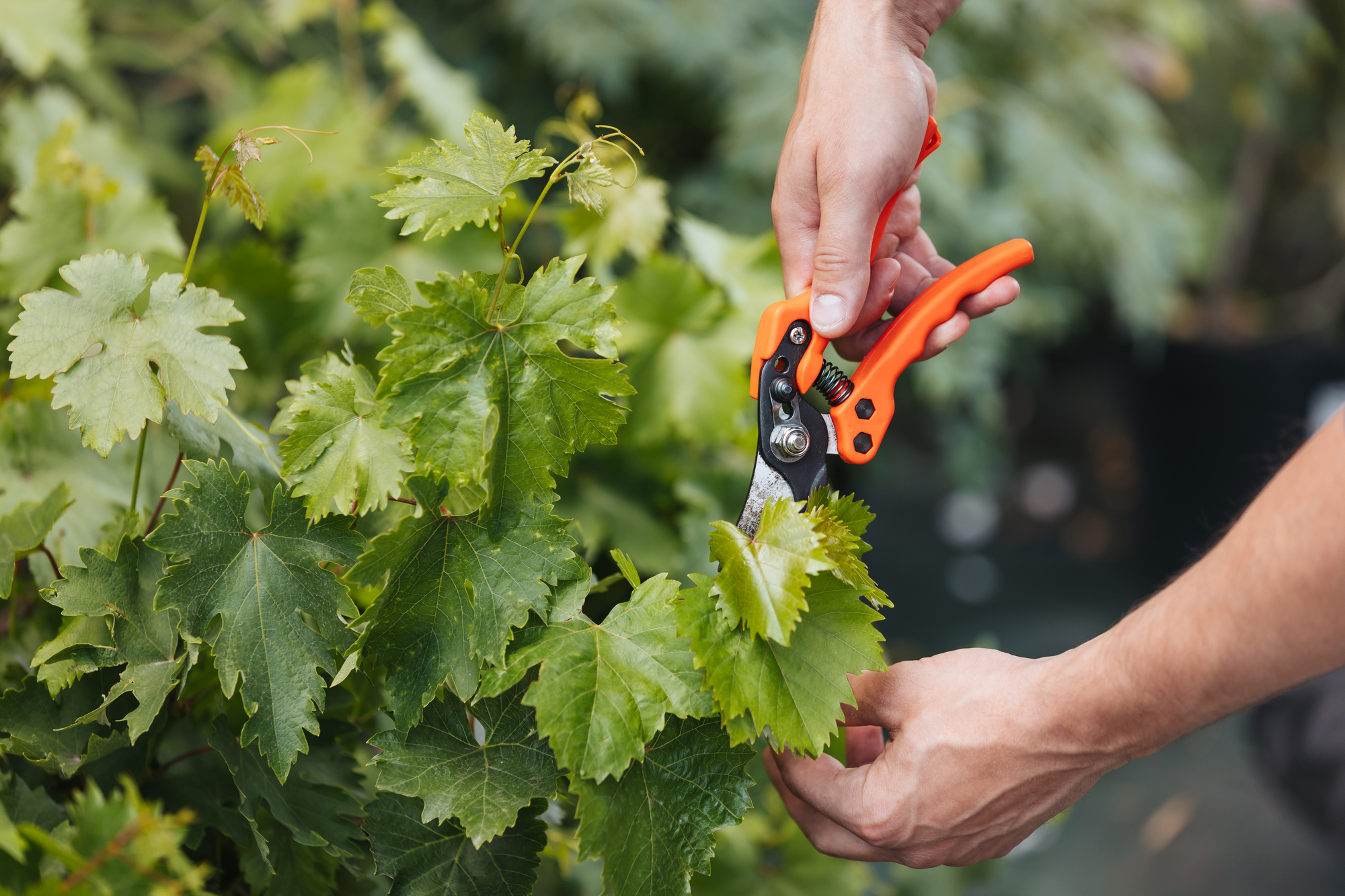
Shears are essential kitchen utensils and come in various shapes and sizes.
They can be used for many tasks, including cutting vegetables, snipping herbs, opening packages, and trimming fat or skin off poultry or meat.
The best shears have stainless steel blades and soft handles for easy gripping.
Look for shears with a spring-action mechanism for better control and less strain on your hands.
Keep the blade sharp and clean when using shears to ensure they stay in top condition.
19. Citrus Juicer
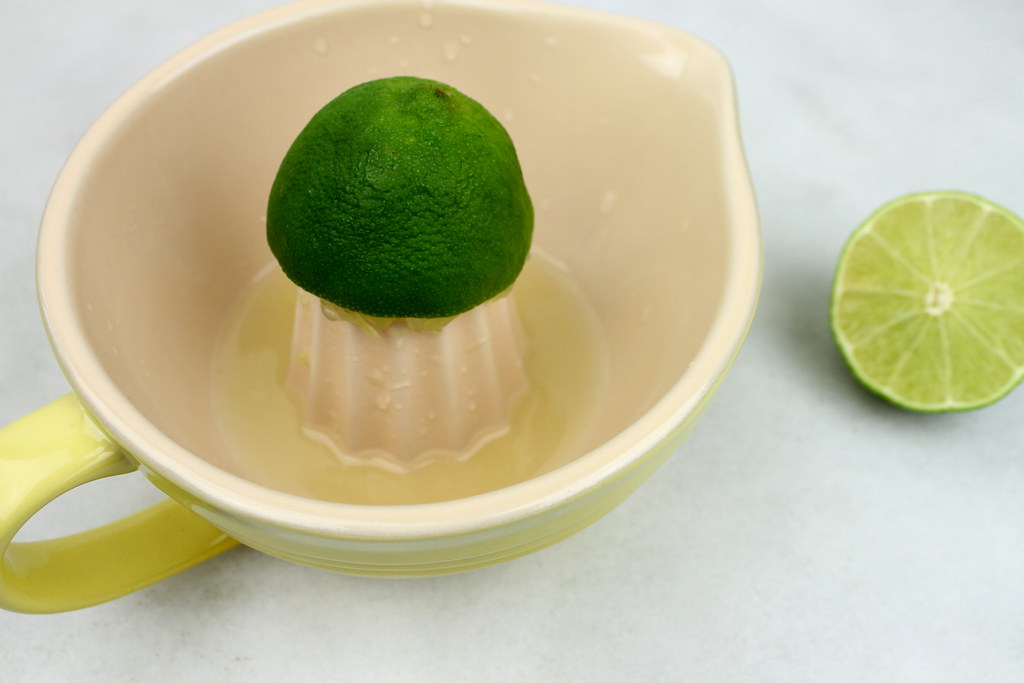
When adding fresh citrus flavor to recipes, nothing compares to having a citrus juicer in your kitchen.
Citrus juicers, as one of the different types of kitchen utensils, make it easy to extract fresh juice from lemons, limes, oranges, and other citrus fruits.
There are two main types of citrus juicers: manual and electric. Manual citrus juicers use a hand-held press to extract juice from the fruit.
They are usually affordable, easy to clean, and require no electricity or batteries.
Electric citrus juicers are more expensive but provide a much easier and faster way to juice citrus fruit.
They have powerful motors, allowing you to extract more juice quickly.
Whatever type of citrus juicer you choose has some common features.
Most come with a receptacle or bowl to collect the juice and a strainer to help remove seeds and pulp.
Many also come with adjustable reamers to choose how much pulp or juice you want in your final product.
With a good citrus juicer, you’ll be able to enjoy freshly squeezed citrus juices for years to come.
20. Garlic Press
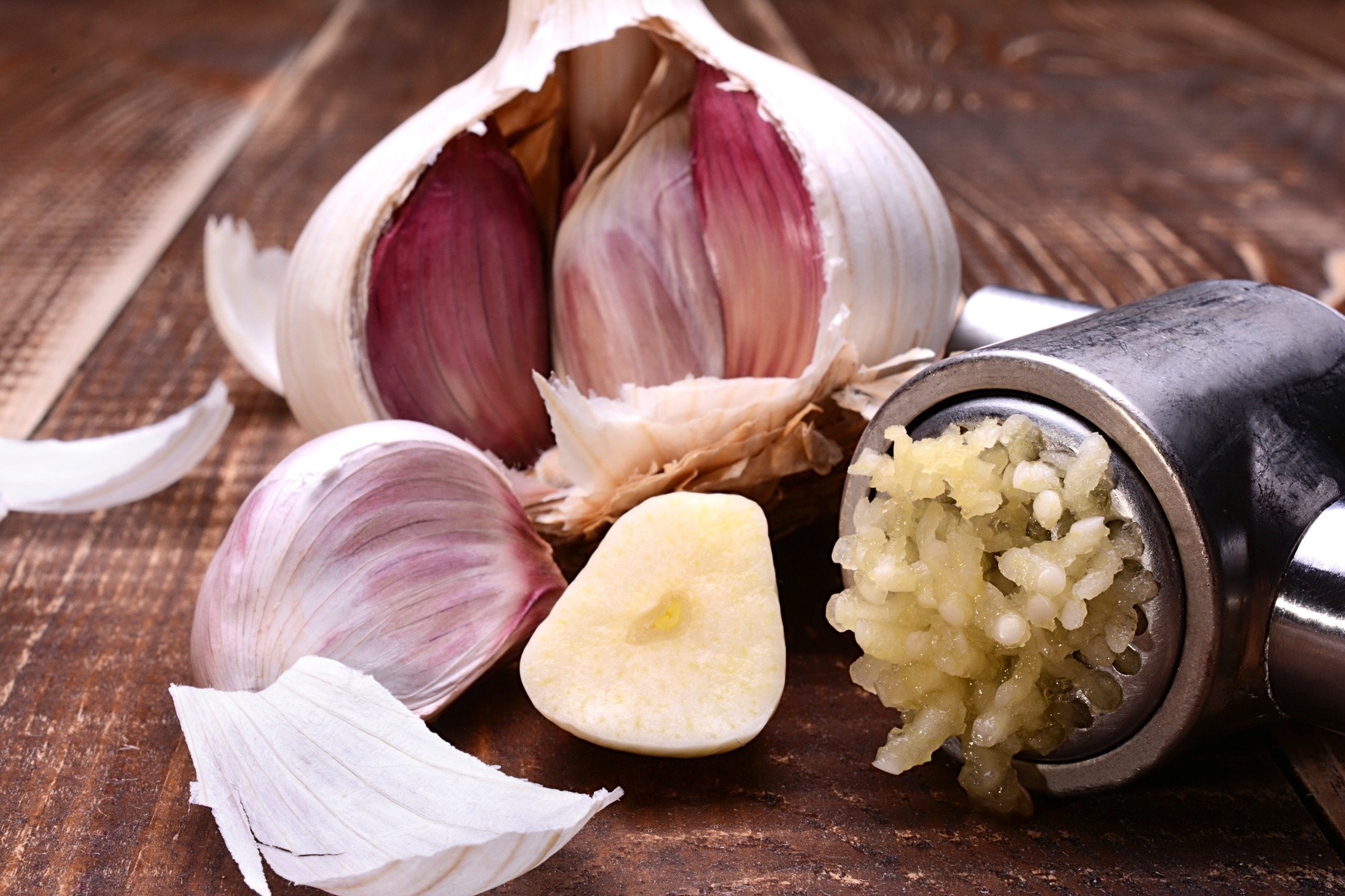
Garlic presses, one of the different kitchen utensils, are essential. A garlic press makes it quick and easy to mince and press garlic cloves, allowing you to quickly and easily add fresh garlic to your dishes.
Using a garlic press eliminates manual mincing and crushing, saving you time and energy in the kitchen.
First, separate the garlic cloves from the head using a garlic press. Place a clove inside the garlic press chamber, making sure the clove is flat.
Close the chamber and squeeze the handles together to press the garlic out.
Discard the garlic skin and add the minced garlic to your dish. Garlic presses are made from different materials, such as stainless steel or aluminum, so you can find one that fits your needs.
Some presses have an ergonomic design, making it easier and more comfortable.
Additionally, most garlic presses are dishwasher-safe, making them easy to clean and maintain.
Garlic presses are an invaluable tool in the kitchen, allowing you to mince and press garlic cloves quickly and efficiently.
Invest in a quality garlic press, and you’ll surely enjoy its convenience in the kitchen!
21. Paring Knife
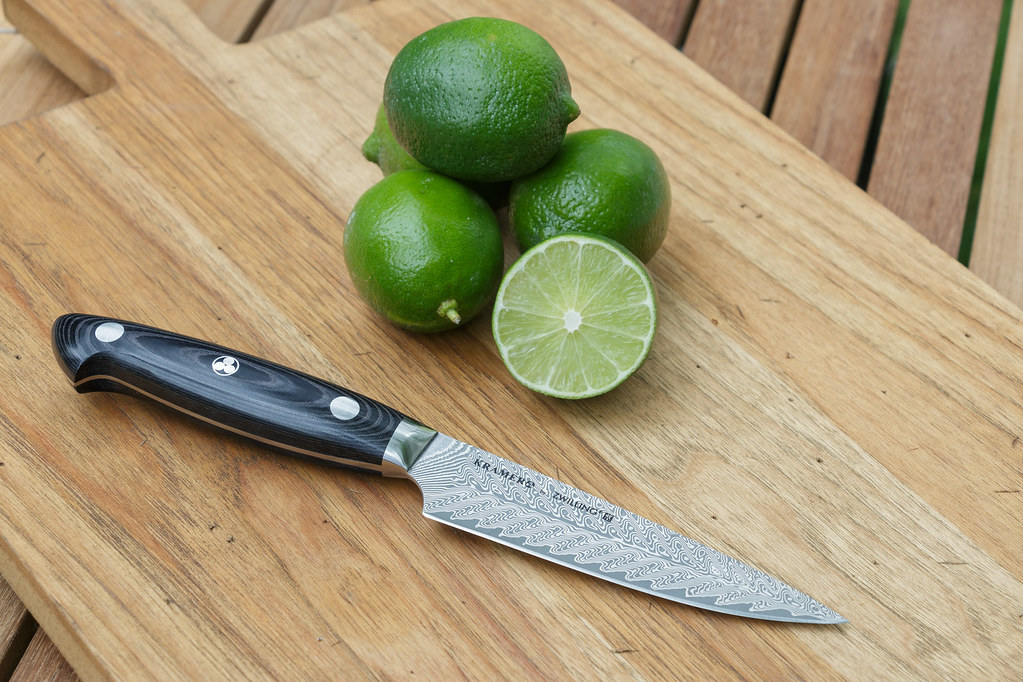
Paring knives, one of the different kitchen utensils, are essential for any kitchen.
They are used for various tasks, including trimming and peeling fruits and vegetables, cutting delicate items such as herbs and small pieces of cheese, and creating decorative garnishes.
Paring knives come in various shapes and sizes, so choosing the right one for your needs is important.
The most common type of paring knife is the straight-blade knife. It has a single sharp edge and a curved handle, which makes it easy to grip.
This knife is ideal for cutting thin slices or peeling and trimming the skin of fruits and vegetables.
A bird’s beak knife is another popular type of paring knife. It features a pointed end with a curved blade and is perfect for getting into tight spots, such as between tomato seeds, or creating decorative shapes.
Finally, a curved-blade paring knife is also available. This type of knife has a curved blade, similar to a bird’s beak, but with a straight handle.
This makes cutting fruits and vegetables that require more force, such as squash, is easier.
No matter what type of paring knife you choose, taking care of it properly is important.
To keep it in the best condition, wash and dry it immediately after use and store it in a block or sheath to protect the blade from damage.
22. Bread Knife

A good-quality bread knife is essential when cutting through loaves of crusty bread.
These knives are designed to have a long, serrated blade that makes slicing through the crunchiest of crusts easy.
The longer the bread knife blade, the easier it is to cut through large loaves.
A good quality bread knife should also have a comfortable handle to make handling the blade easier and more comfortable.
Consider the bread you will cut most often when purchasing a bread knife.
A softer blade is best for softer slices of bread, while a harder blade is ideal for crunchier loaves.
You’ll also want to ensure that the handle fits comfortably in your hand, that the blade is sharp, and that you can hold an edge for a long time. With regular sharpening, a bread knife can last for years.
23. Honing/Sharpening Ceramic Rod
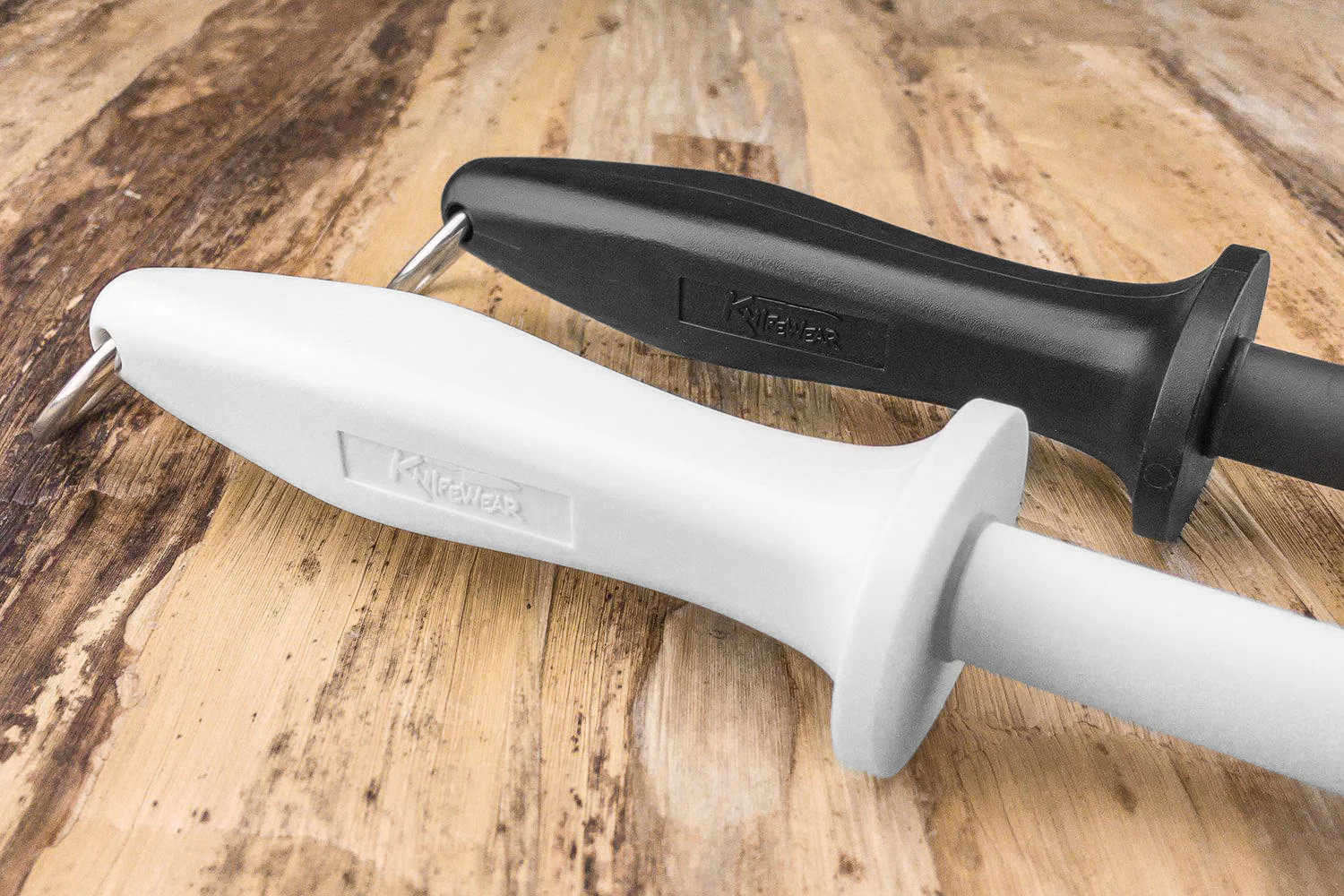
A honing or sharpening ceramic rod is one of the essential types of kitchen utensils.
It can help keep your knives sharp and ready to use. The honing/sharpening ceramic rod is designed for metal blades and is constructed of a hard, abrasive material that quickly sharpens dull blades.
A ceramic rod should be used regularly to maintain the sharp edge on the blade and prevent it from becoming dull and ineffective.
To use a honing/sharpening ceramic rod, start by wetting the rod with water.
Then, draw the blade across the ceramic rod sweepingly using light pressure.
This action will sharpen the blade, and you should repeat the process several times until you achieve the desired result.
A honing/sharpening ceramic rod is essential for any kitchen and should be part of your regular knife maintenance routine.
Not only does it keep your knives sharp and ready to use, but it also helps prolong the life of the blades, ensuring that you get the most out of them for years to come.
24. Storage Containers
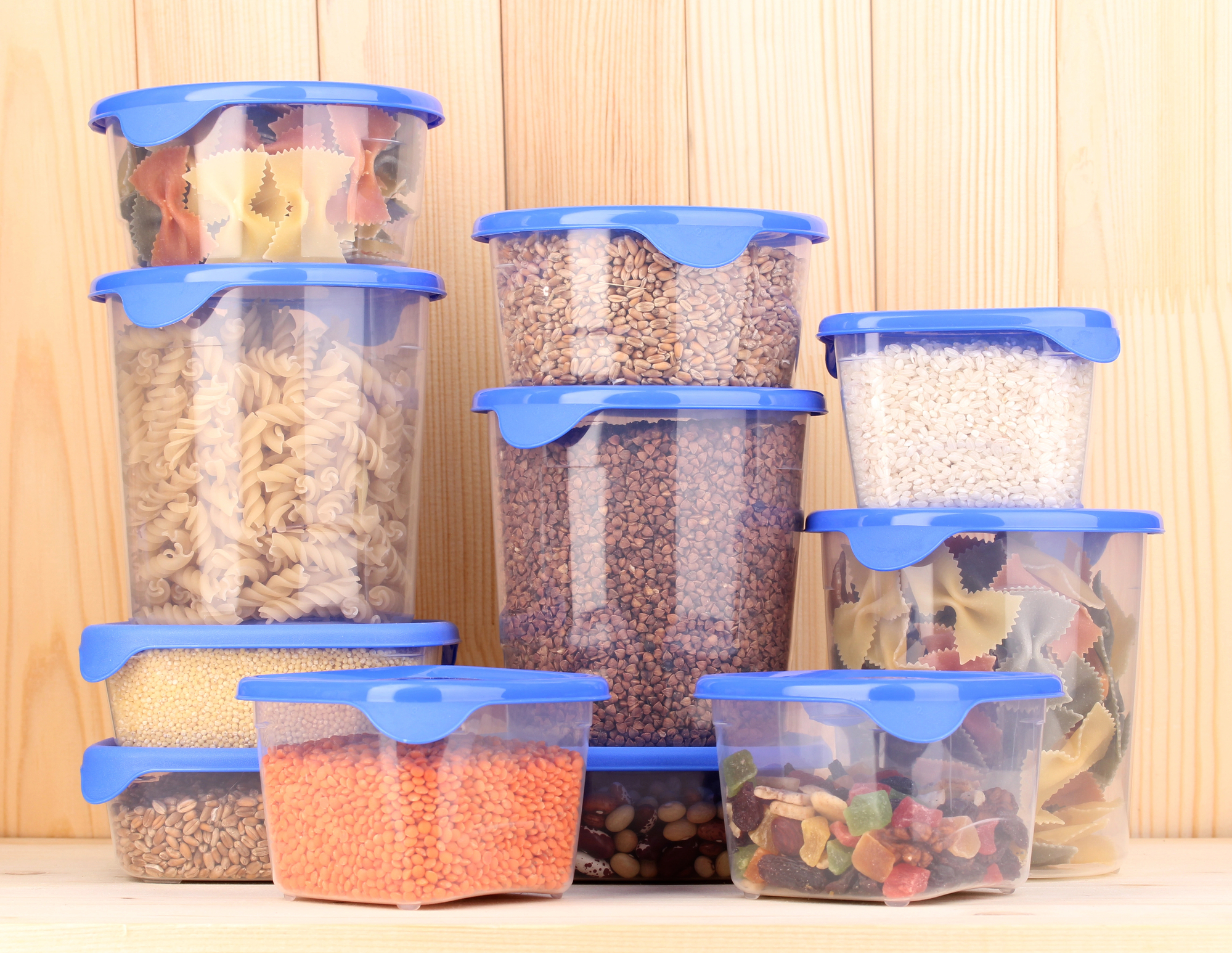
Storage containers, one of the different kitchen utensils, are essential for any kitchen.
Not only do they keep your ingredients organized and accessible, but they also help to keep food fresh longer.
There are a variety of storage containers available on the market today, so it can be overwhelming trying to decide which ones will be best for your kitchen.
Glass storage containers are great for storing leftovers and pre-prepped ingredients.
They come in various shapes and sizes, so you can easily find one that fits your needs.
When choosing glass containers, look for ones that are microwave-safe and dishwasher-safe.
Plastic storage containers are cost-effective for storing various ingredients, from meats and cheeses to fruits and vegetables.
Many plastic containers are freezer-safe, making them ideal for freezing leftovers. For best results, choose BPA-free plastic containers.
Canisters are another popular storage container option. These airtight containers can store pantry staples such as flour, sugar, grains, and nuts.
Canisters come in various styles, from stainless steel to ceramic, so you can find one that fits your kitchen aesthetic.
Lastly, consider purchasing reusable silicone bags if you’re looking for an environmentally friendly option.
These bags can be used repeatedly and come in various sizes, making them great for storing anything from snack foods to liquids.
Plus, they are dishwasher-safe and can even go in the oven or microwave!
25. Knife Sharpener

Knives are essential kitchen tools, but they can become dull over time.
A knife sharpener, one of the different kitchen utensils, is invaluable for keeping your knives in good working order.
Knife sharpeners are designed to hone and sharpen blades quickly and efficiently.
A few different types of knife sharpeners are on the market, ranging from manual to electric.
Manual knife sharpeners typically have two stones, one for honing and the other for sharpening.
The honing stone removes burrs and nicks from the blade, while the sharpening stone polishes the blade’s edge.
When using a manual sharpener, you’ll need to use some pressure to move the blade against the stones.
Electric knife sharpeners are much easier to use than manual models.
These devices will quickly sharpen and hone blades with little effort from the user.
They often feature adjustable settings that allow you to choose the type of edge you want on your blade and how sharp it should be.
No matter which type of knife sharpener you choose, make sure that you use it regularly to keep your knives in good shape.
This will ensure your knives stay sharp and ready to use whenever needed.
26. Stainless Steel Skillet
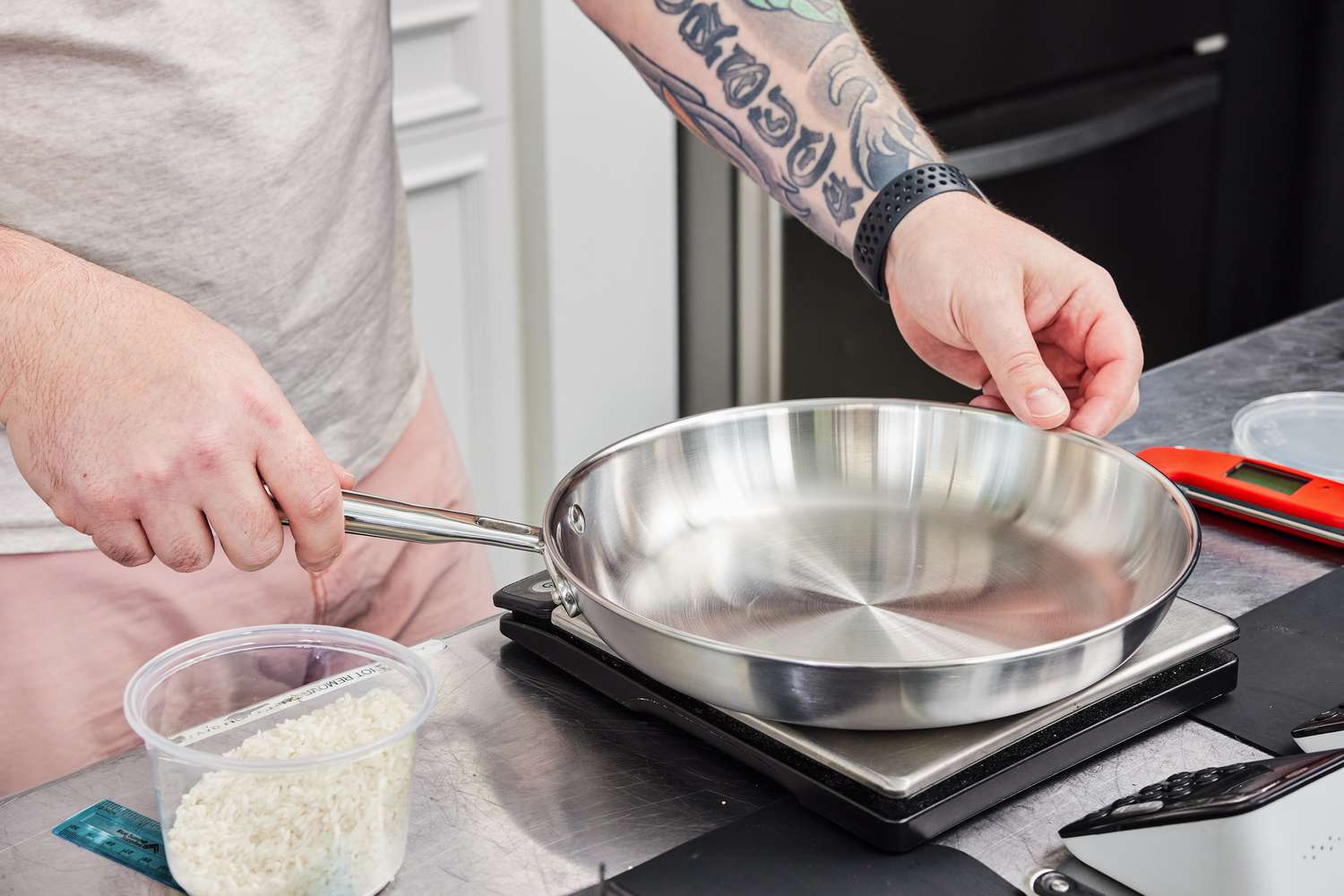
Stainless steel skillets are a kitchen essential for any home cook.
They provide an easy way to cook meats, vegetables, and other dishes with great results every time.
Not only are stainless steel skillets extremely versatile and durable, but they are also easy to clean and maintain.
A stainless steel skillet, one of the different kitchen utensils, is perfect for sautéing, browning, and pan-frying various foods.
The even heat distribution of a stainless steel skillet ensures that your food is cooked evenly and thoroughly.
Unlike other pans, stainless steel skillets, such as searing or broiling, are ideal for high-temperature cooking.
When it comes to cleaning, stainless steel skillets are incredibly low maintenance.
Wash the skillet with warm water and mild detergent, and use a non-abrasive scrubber or sponge to remove stuck-on food particles.
You can use a stainless steel cleaner or white vinegar for stubborn stains to help loosen the grime.
When purchasing a stainless steel skillet, look for one with a heavy bottom for even heat distribution and an ergonomic handle for comfortable gripping.
Additionally, ensure the skillet size is appropriate for the amount of food you plan to cook.
27. Sauté Pan
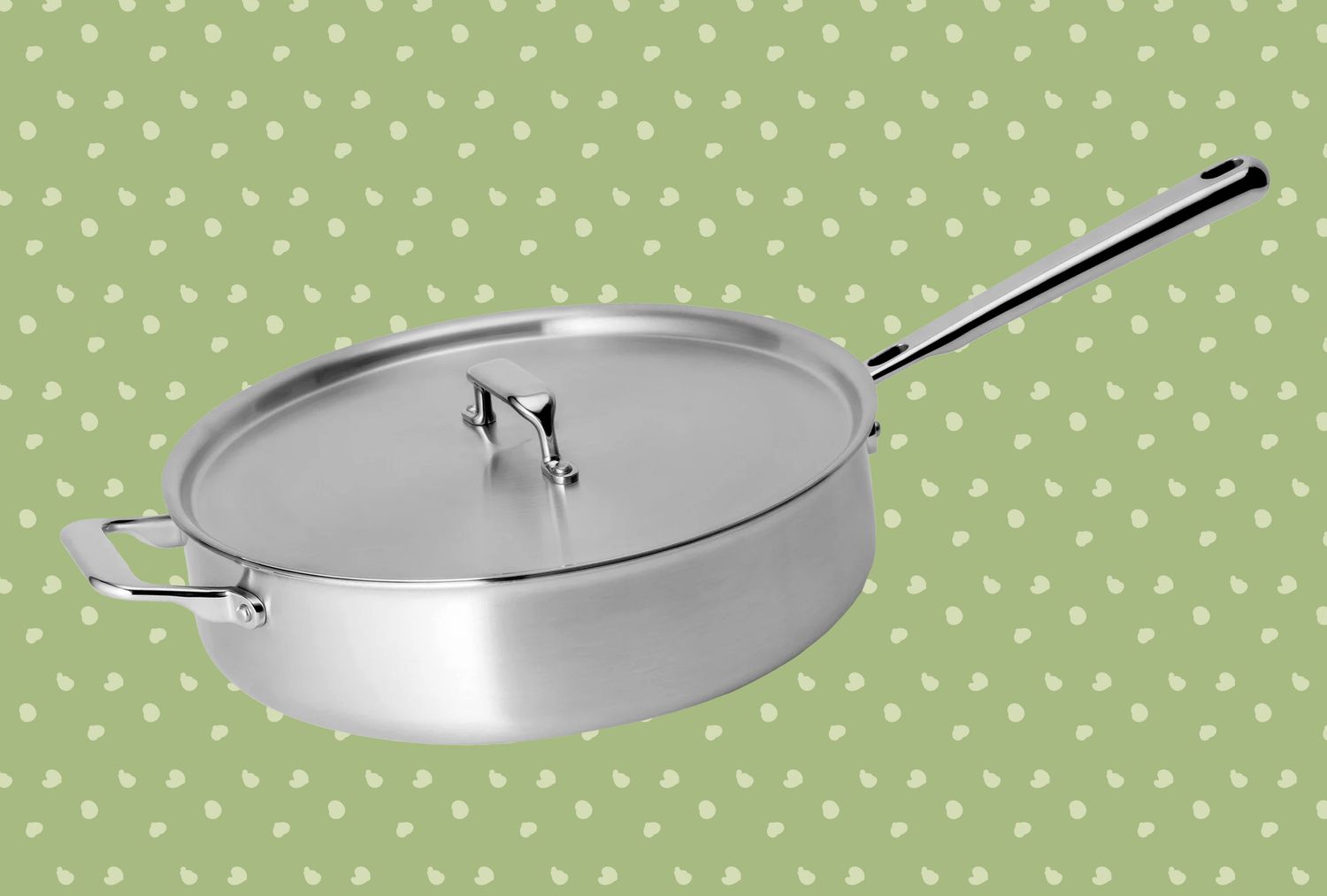
A sauté pan is an indispensable kitchen tool for sautéing, browning, and hot foods.
It is typically constructed with a long handle and high sides and is generally made from stainless steel, copper, or aluminum.
The high sides of the sauté pan help to contain the heat generated from the cooking process and prevent food from splattering.
Sauté pans, one of the different kitchen utensils, are most commonly used for dishes like stir-fries, omelets, and other high-heat cooking tasks.
Their long handle also makes them perfect for stove-to-oven recipes.
When buying a sauté pan, you should look for one with an oven-safe handle, as this will allow you to move the pan directly from the stovetop to the oven.
You can also purchase a sauté pan with a non-stick surface to maximize your cooking surface area.
This will allow you to cook foods without oil or butter, making it ideal for healthier recipes.
No matter what type of sauté pan you choose, season it before using it for the first time.
This will help keep food from sticking and give your pan a natural, non-stick coating.
Additionally, it’s important to take good care of your sauté pan by washing it immediately after each use and wiping it down with a dry cloth or paper towel.
28. Small Saucepan

The small saucepan, one of the different kitchen utensils, is essential. It is perfect for cooking smaller amounts of sauces, vegetables, or grains and can be used for various tasks.
The size and shape make it easy to maneuver, and it can be used for simmering, boiling, and even deep frying.
When choosing a small saucepan, look for one made of a durable material like stainless steel.
These are less likely to warp or dent when exposed to high heat and provide superior heat distribution.
You’ll also want to consider the pan size; smaller pans work better for single-serving meals, while larger pans are great for making enough food to feed the whole family.
Always use a heatproof handle cover to avoid getting burned using a small saucepan.
You’ll also want to avoid overcrowding the pan with ingredients; too much food can lead to uneven cooking and even burning.
Finally, use only low or medium heat when using a small saucepan to prevent burning or overcooking your ingredients.
29. Large Pot
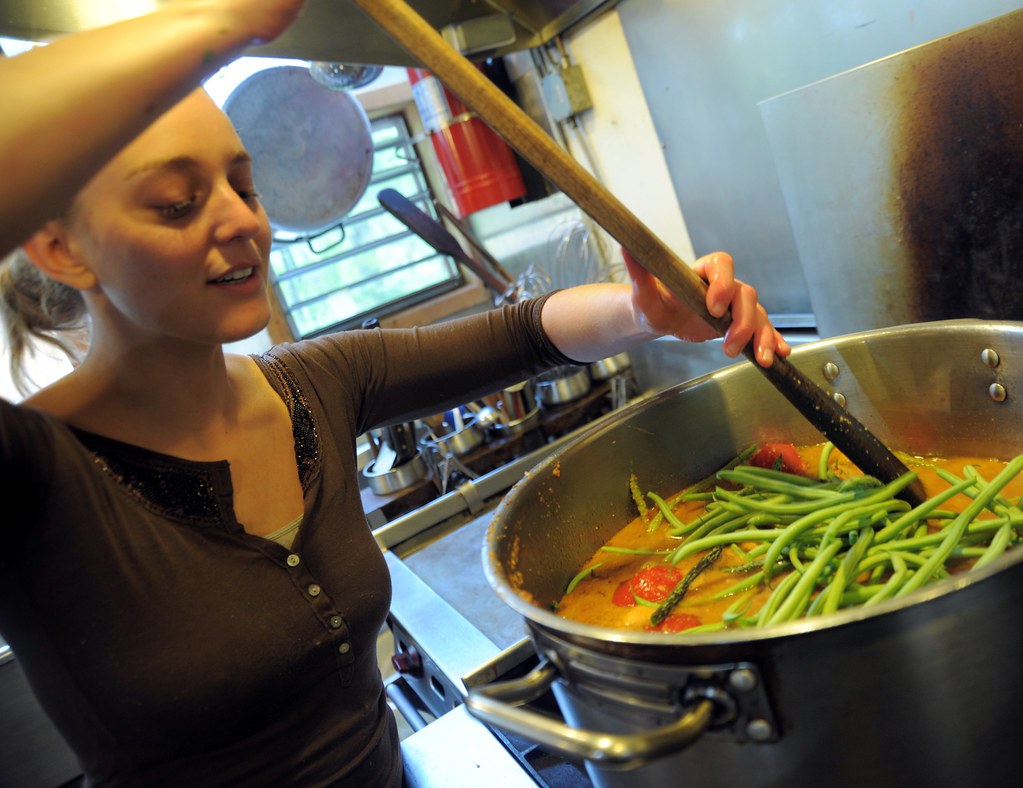
A large pot is one of the different types of kitchen utensils. Whether you are preparing a large meal or want to make a big batch of soup, a large pot can help you get the job done quickly and efficiently.
Large pots come in various materials and sizes, so choosing the one that best suits your needs is important.
When selecting a large pot, the first thing to consider is the material it is made from.
Stainless steel, copper, and aluminum are the most popular materials for large pots.
Stainless steel is durable and easy to clean but can be more expensive than other materials.
Copper is known for its superior heat conductivity but is more expensive than stainless steel.
Aluminum is less expensive than the other materials but doesn’t hold up to heavy use and cleaning.
The size of your pot should also be taken into account when shopping.
If you plan to make large batches of food, you’ll need a bigger pot than if you only need to make a few servings at a time.
When looking at different sizes, make sure to measure the inside diameter of the pot.
This will help ensure it fits over your stovetop burners or can be placed on the oven racks without problems.
Finally, read the care instructions for your large pot before using it.
Different materials require different maintenance levels, so you know what is needed to keep your pot in shape.
With proper care and maintenance, your large pot will last for many years and provide you with delicious meals for a long time.
30. Grill Pan
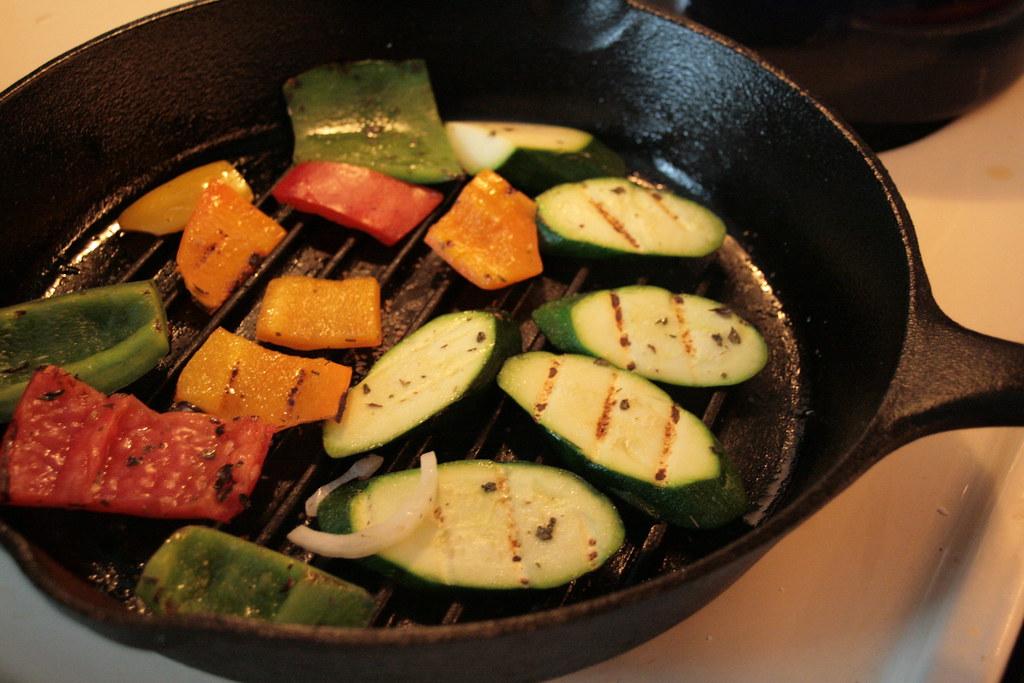
Grill pans are a great way to add a smoky, flavorful finish to your favorite dishes.
When choosing a grill pan, consider what type of material you prefer, the size and shape that will work best for you, and any budget constraints.
It’s also helpful to read reviews from other consumers before purchasing. You can quickly add a delicious char to your food with the right pan!
31. Baking Sheet Pan

A baking sheet pan is one of the kitchen utensils for baking cookies, cakes, and other treats.
It comes in various sizes, shapes, and materials, so you can find one to suit your needs.
It’s also a great tool for roasting vegetables, making roasted potatoes, and many other dishes.
Use parchment paper to prevent sticking and burning using a baking sheet pan.
32. Muffin Pan
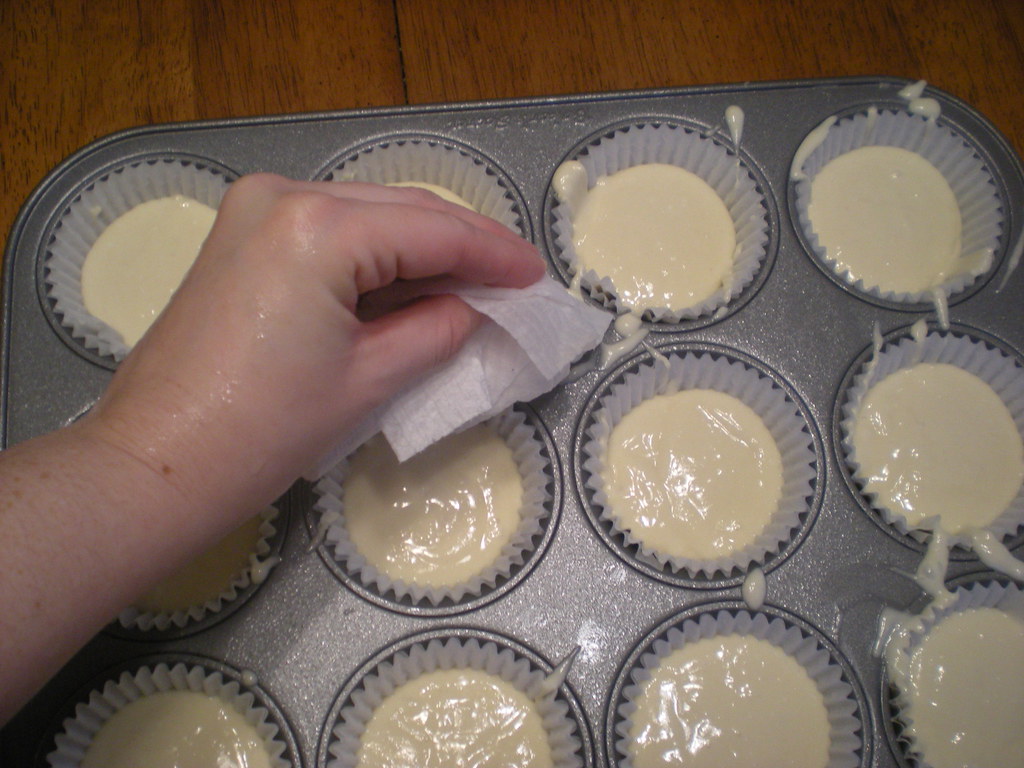
A muffin pan, one of the kitchen utensils, is perfect for baking muffins, cupcakes, and other small desserts.
It typically consists of a shallow, round tin with several cups to separate the batter while baking.
Muffin pans are also great for making mini-quiches and other savory dishes.
33. Casserole Dishes
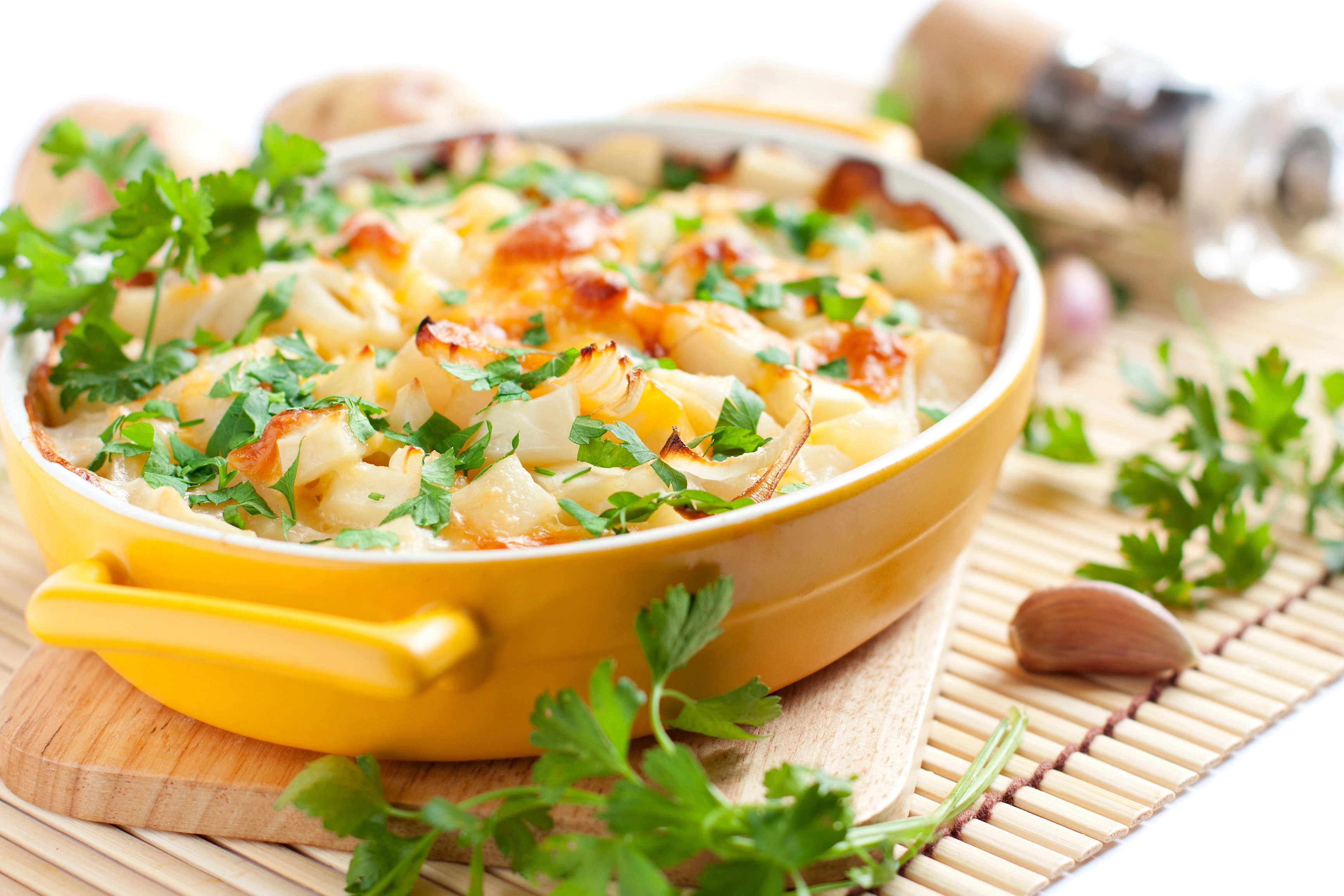
Casserole dishes are great for baking, boiling, and roasting all sorts of dishes.
They come in various sizes and materials, including glass, ceramic, stainless steel, and cast iron.
Choose a casserole dish based on the type of dish you plan to make and the size of your oven.
For example, choose a larger dish with higher sides if you’re making a large batch of lasagna.
34. Broiler Pan
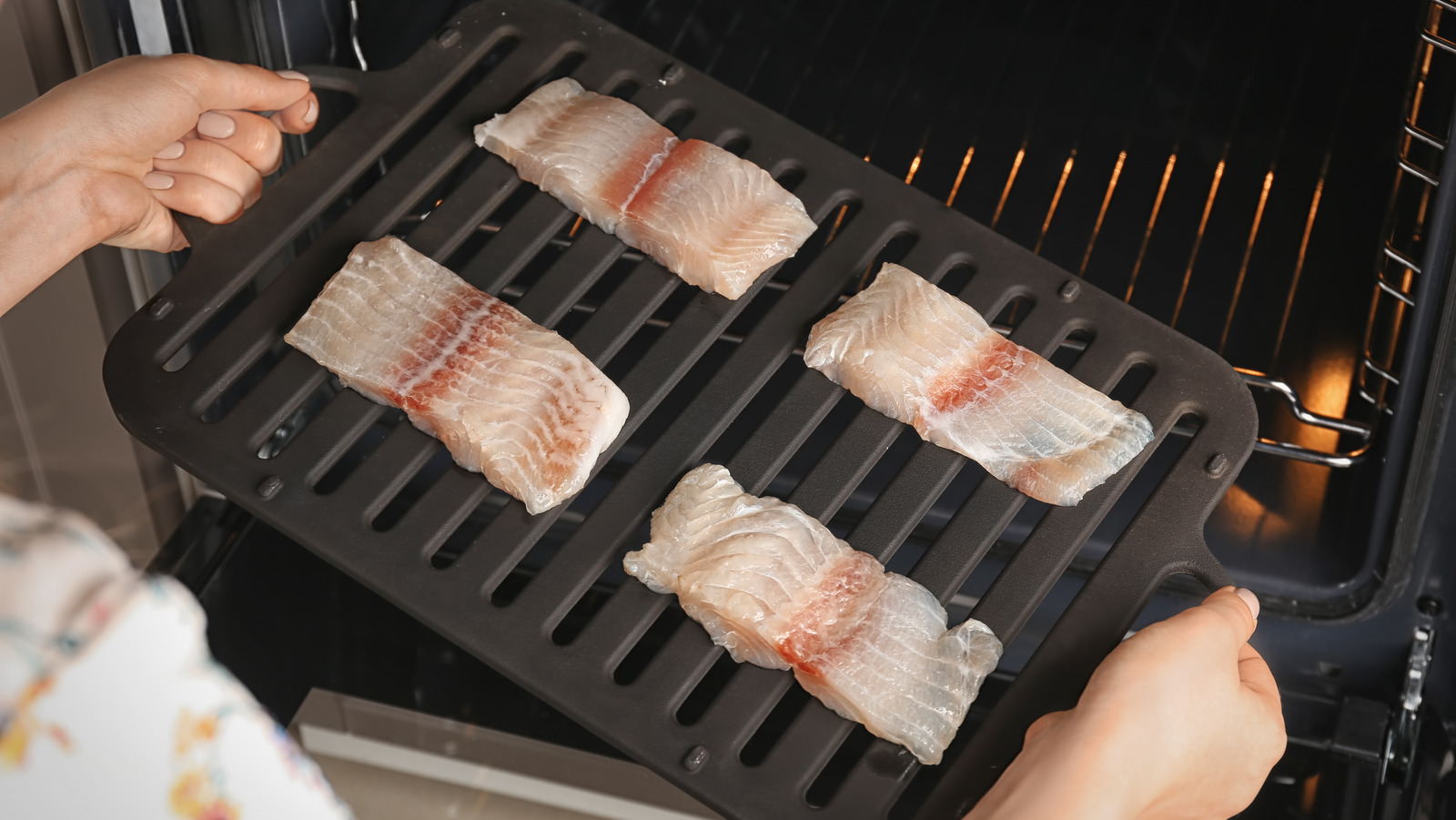
A broiler pan is used for cooking food under the direct heat of a broiler, which can be set to the desired temperature.
It has a shallow bottom and two parts: a perforated upper piece and a solid lower piece.
The upper part captures the fat drippings, while the lower portion catches the liquid accumulating in the broiler pan.
35. Stockpot
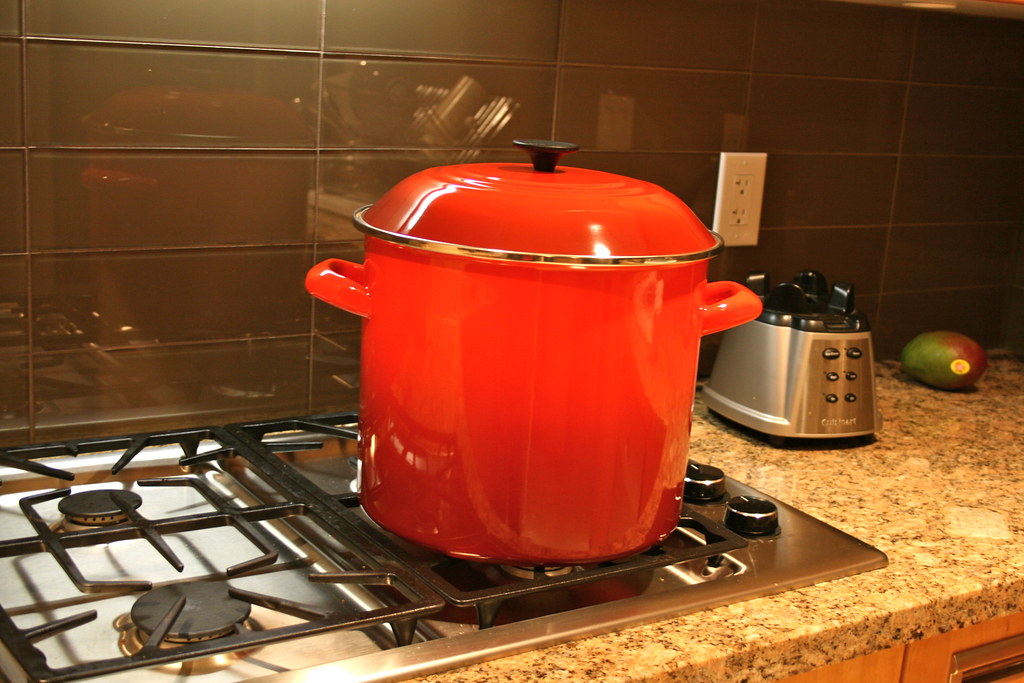
When it comes to stocking your kitchen with different types of kitchen utensils, a stockpot is a must-have.
Stockpots come in various sizes and are generally deep, wide pots with straight sides and two handles.
This is the perfect tool for boiling large quantities of food, making soups and stews, or cooking pasta.
Look for a pot of stainless steel or enameled cast iron for durability, with a lid that fits snugly to keep moisture and heat in.
Stockpots usually range from six to twelve quarts and should be large enough to hold the volume of food you want to make.
Whether you’re making a batch of soup for a crowd or need to make enough for one night, stockpots are essential for any kitchen.
36. Stirring Spoon
This essential kitchen utensil is used to combine ingredients and stir sauces.
A stirring spoon is usually stainless steel with a long handle and a shallow bowl.
It is perfect for stirring and blending hot liquids, like soup and gravy, without burning your hands.
37. Slotted Spoon
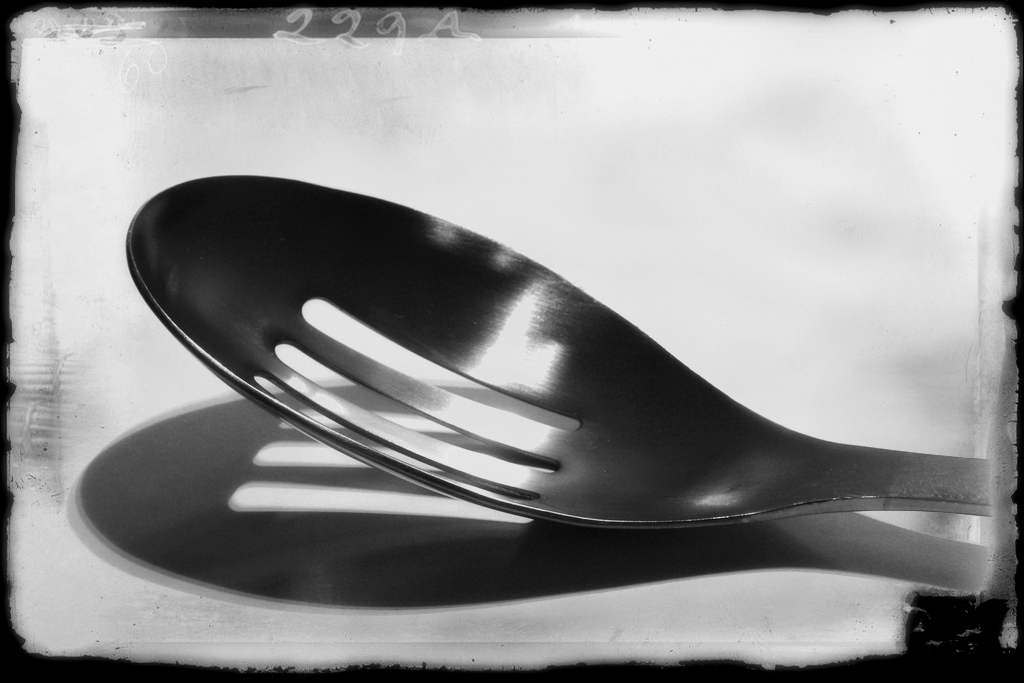
The slotted spoon is a utensil with a long handle and perforated bowl for stirring, straining, and serving food.
It’s perfect for scooping sauces and draining liquid from pasta and boiled vegetables.
The slotted spoon, one of the different kitchen utensils, is one of the most useful utensils in your kitchen.
Its long handle and perforated bowl make it perfect for stirring, straining, and serving food.
The slotted spoon is ideal, whether draining liquid from pasta or boiled vegetables or simply scooping up sauces.
Choosing a slotted spoon that is well-made and made of durable materials is important.
A wooden spoon is one of the best options because it won’t scratch cookware like some metal spoons can.
Additionally, look for a long handle that won’t get too hot while cooking and a comfortable grip to ensure a steady hold when stirring or scooping.
Whether you’re a beginner in the kitchen or an experienced home cook, you should ensure a quality slotted spoon in your kitchen.
It’s an essential tool that will help you easily create delicious meals!
38. Ladle
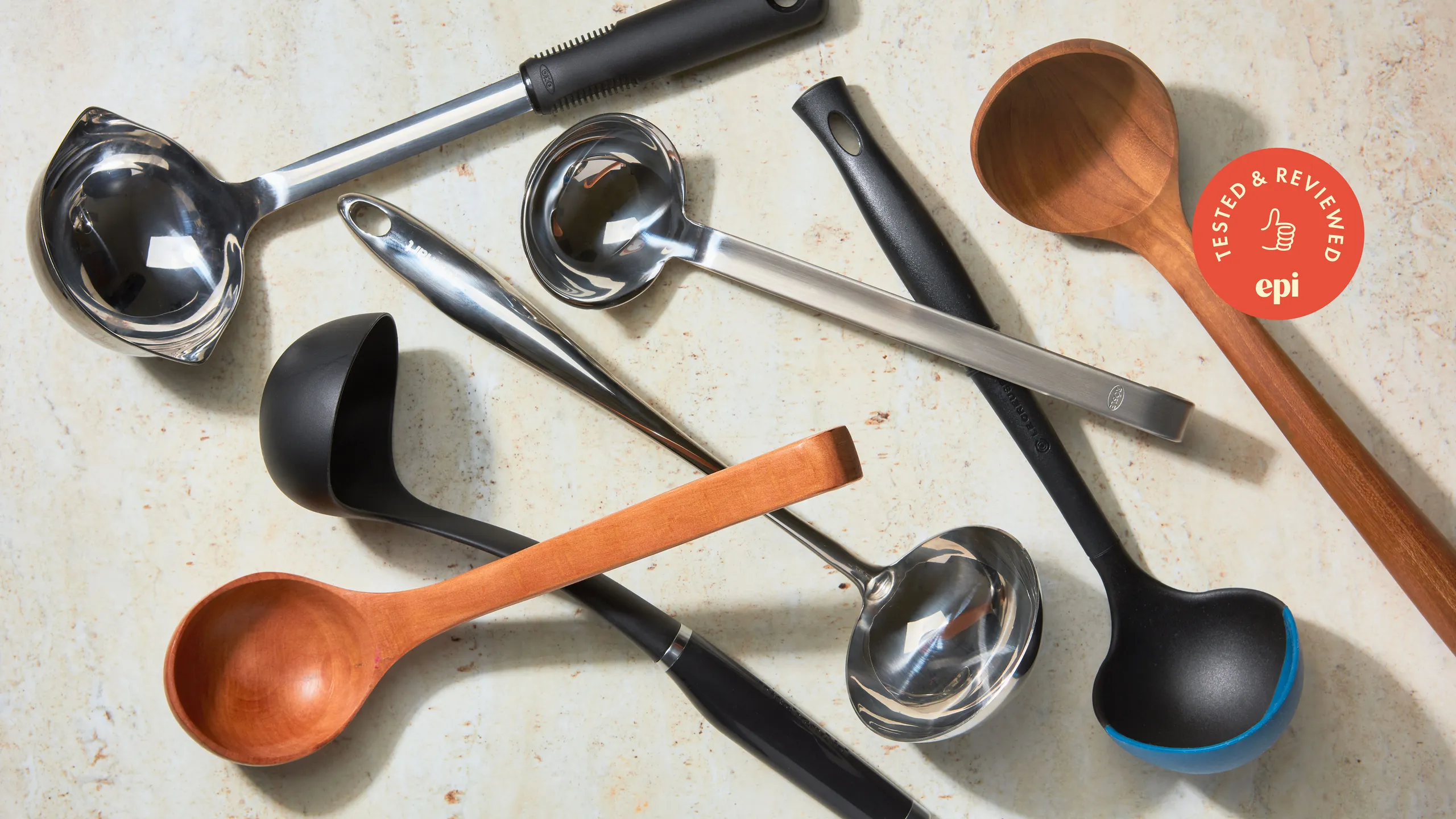
A ladle is one of the different kitchen utensils used to transfer soup, broth, and sauces from the stovetop to bowls.
It is typically designed with a long handle, bowl-shaped cup, and wide rim.
Ladles come in various sizes, and the right size should be chosen based on the food type.
Smaller ladles are good for serving smaller portions of liquids or sauces, while larger ladles are better for soups and stews.
When purchasing a ladle, make it of durable stainless steel or silicone. This will ensure that the ladle lasts long and is easy to clean.
39. Oven Mitts
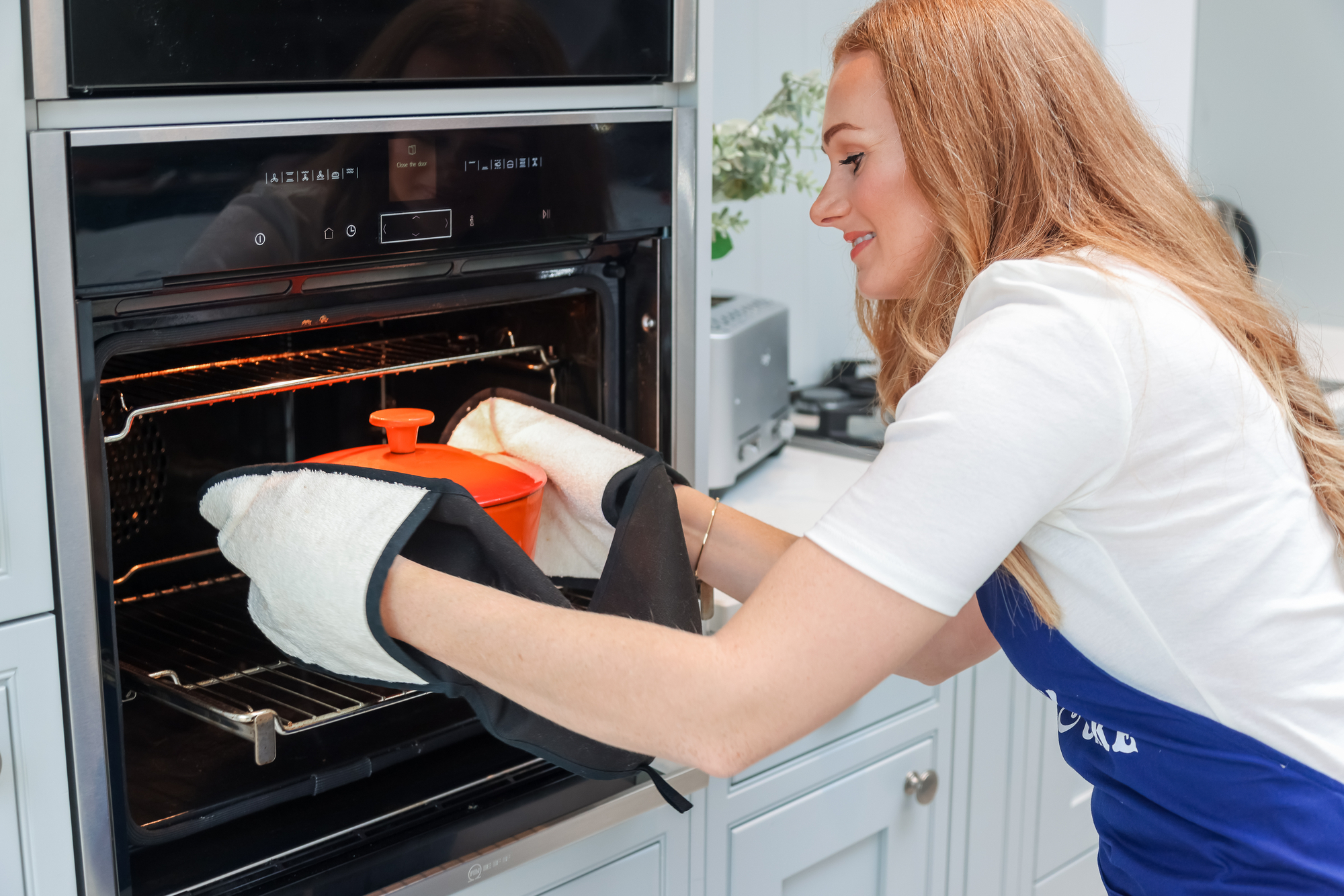
Oven mitts are essential for any kitchen, protecting hands from burns when touching hot items.
They come in various sizes and styles to best suit your needs. Choose a pair of insulated mitts that can handle the heat and provide a secure grip for safer handling.
40. Trivet
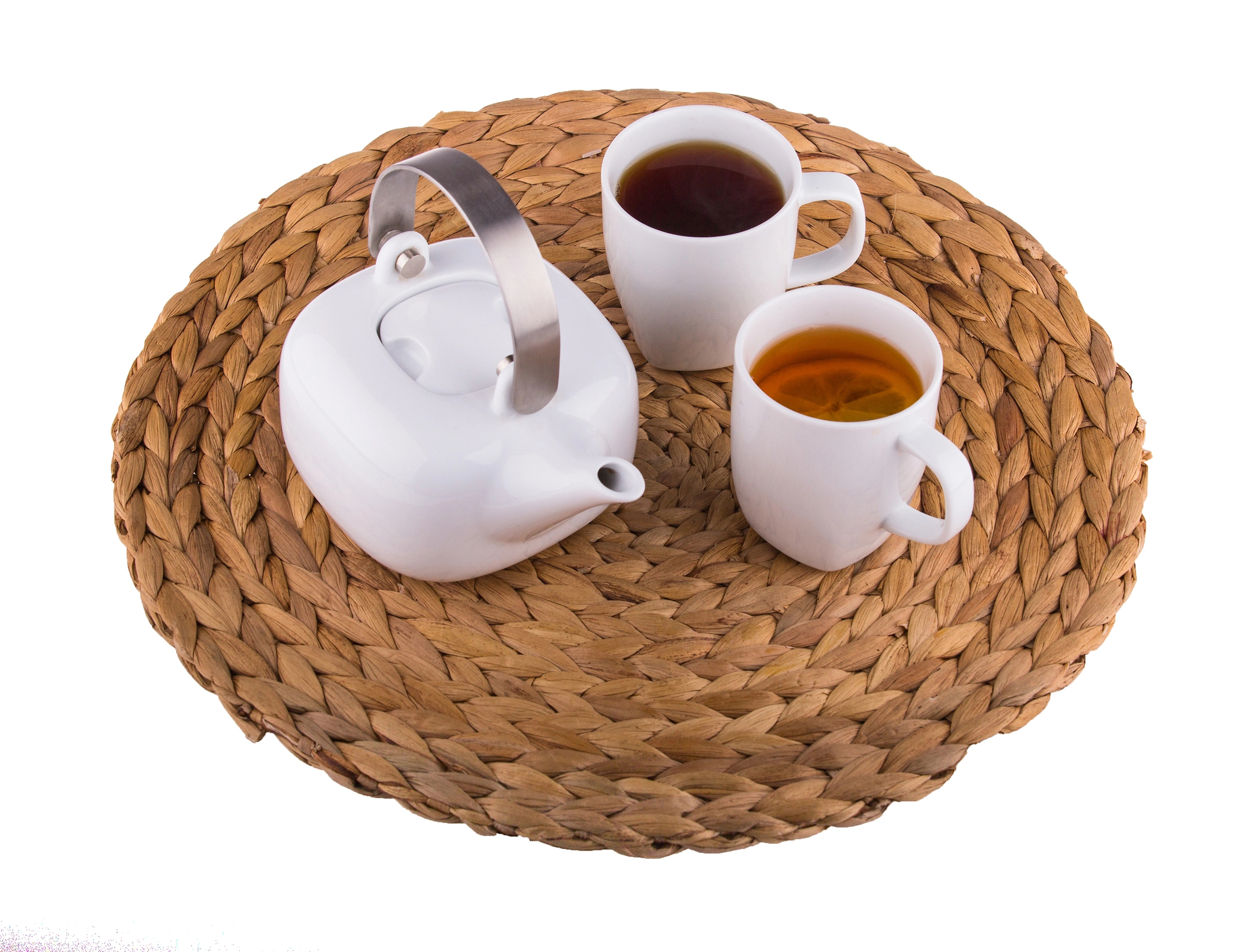
A trivet is one of the different types of kitchen utensils. It is a small, heat-resistant mat or stand that protects surfaces from hot dishes.
It’s also handy for providing extra space when working in the kitchen.
Trivets come in various shapes and sizes, so choosing one that fits your needs is important.
When selecting a trivet, consider how much heat it can handle, the size and weight of the dishes you’ll be placing on it, and the overall look you want.
41. Splatter Guard
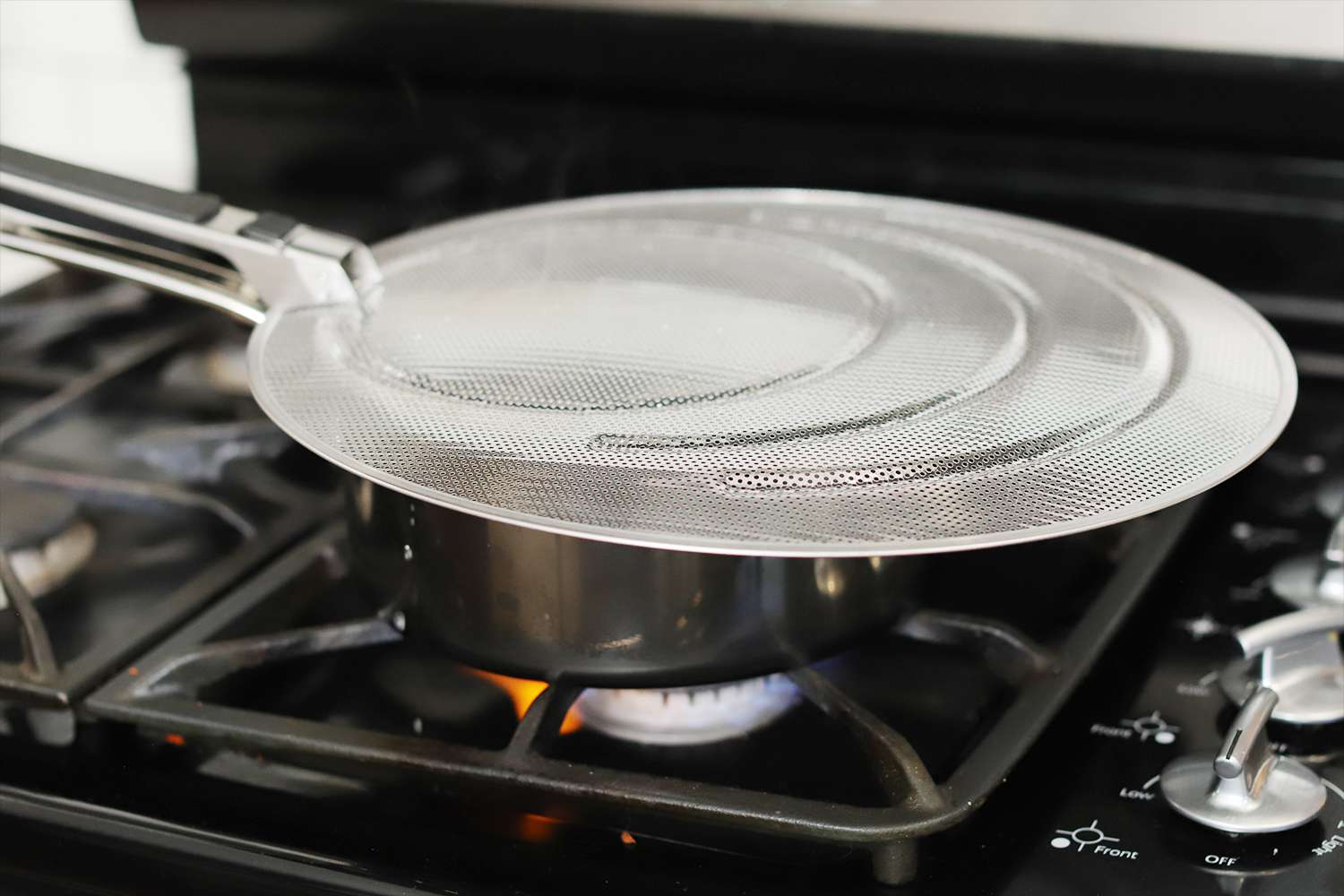
Keep your kitchen clean and mess-free with a splatter guard. This cooking tool helps to prevent oil and other food particles from splattering all over your kitchen.
A splatter guard is usually a stainless steel or mesh shield that fits over your pots and pans to keep any hot liquid from jumping out and creating a mess.
42. Thermometer

Thermometers are kitchen utensils that help you monitor the temperature of cooked foods to ensure they are cooked safely.
They come in various styles, from digital to analog, and can be used for various tasks, such as checking the internal temperature of meats and monitoring the temperature of ovens.
A thermometer is an invaluable kitchen tool for monitoring the temperature of cooked foods to ensure they are cooked safely.
Whether you’re cooking a steak, roasting a chicken, or baking a cake, a thermometer is an important tool to have on hand.
Thermometers come in various styles and price points, from digital to analog models.
Digital thermometers offer the advantage of precise readings and typically have a larger display that’s easy to read.
Analog thermometers are less precise but can still be very useful. Some thermometers also feature a long probe that can be inserted into food and left in while cooking so you can easily monitor the temperature.
When checking the temperature of food, it’s important to follow the instructions on the package or recipe to ensure that the food is cooked to the recommended temperature.
For example, pork should be cooked to at least 145 degrees Fahrenheit, while ground beef should be cooked to 160 degrees Fahrenheit.
In addition to checking the temperature of food, thermometers can also be used to monitor the temperature of ovens and other appliances.
No matter what type of thermometer you choose, it’s important to follow the instructions for use and cleaning to keep it in good condition.
With proper care and maintenance, your thermometer can last many years and help ensure your meals are cooked safely and perfectly.
43. Kitchen Scale
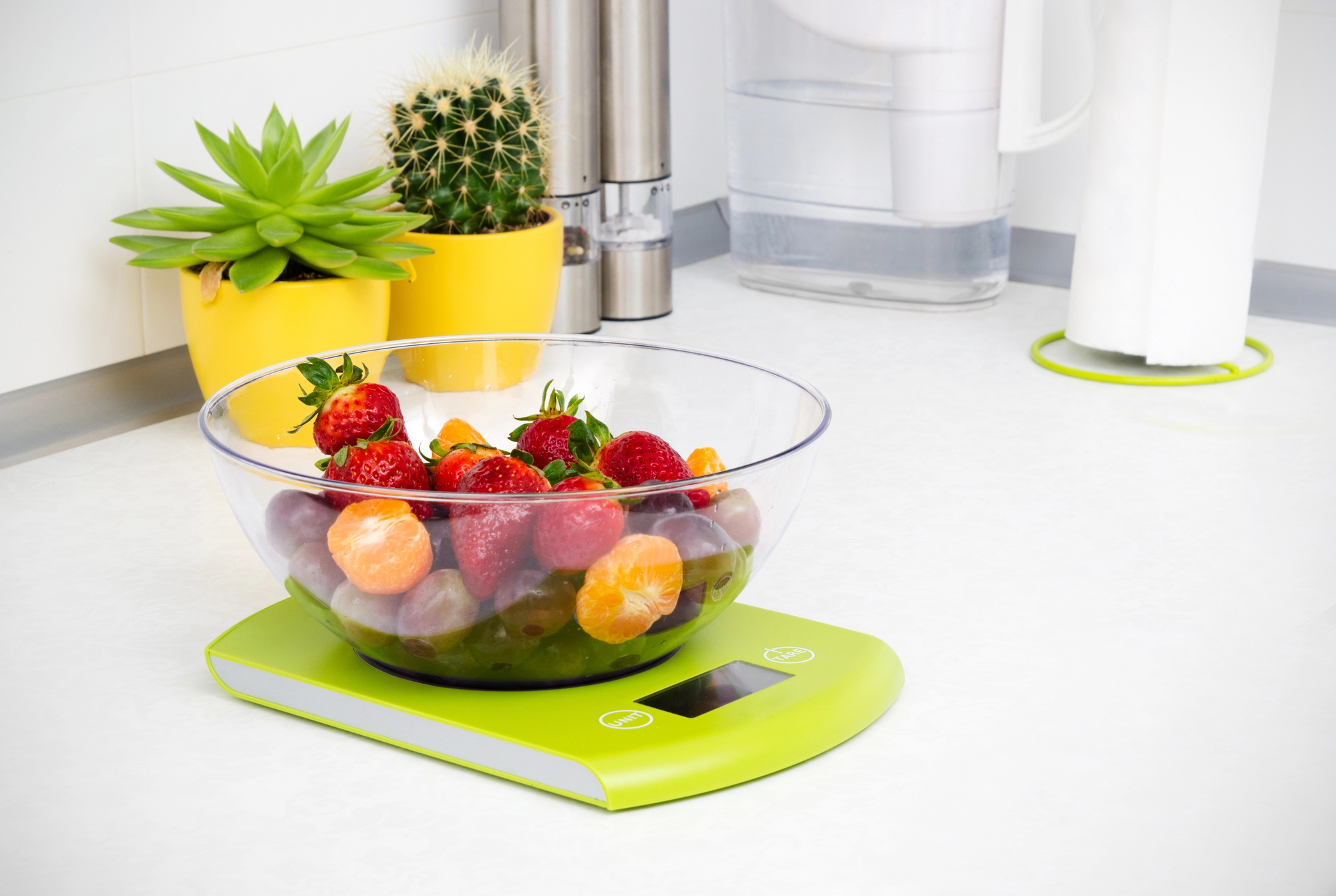
As one of the different kitchen utensils, a kitchen scale is a handy tool for measuring ingredients precisely, making it an essential item for any home cook.
It allows you to measure ingredients accurately and helps ensure consistency in recipes.
Kitchen scales come in various sizes, styles, and types, so it’s important to consider your needs before purchasing.
A kitchen scale is an indispensable tool for any home cook. Having the ability to measure ingredients accurately ensures that recipes are consistent every time you make them.
Kitchen scales come in various sizes, styles, and types, so it’s important to consider your needs before purchasing.
Digital kitchen scales are generally the most accurate and precise type of scale available.
They usually feature an LCD and can be adjusted to measure weight in ounces, grams, and other metric measurements.
Digital scales are also easy to use and have built-in memory to store multiple measurements simultaneously.
If you’re looking for a precise and accurate kitchen scale, digital models are your best bet.
Mechanical kitchen scales are another popular option. They feature a rotating dial or balance arm that indicates the measured ingredients’ weight.
Mechanical scales are more affordable than digital models and can be used for various tasks like measuring liquids and portions.
However, mechanical scales may not be as accurate as digital scales.
Kitchen scales are an essential tool for any home chef. Whether you choose a digital or mechanical model, having a scale in your kitchen is key for precise measurements and consistent results.
44. Blender

A blender, as one of the different types of kitchen utensils, is a must-have for making smoothies, milkshakes, and more.
It’s great for blending all of your ingredients quickly and efficiently. When choosing a blender, it’s important to consider the size, power, and blade type.
Many blenders also come with accessories like a tamper, which helps push ingredients down into the blades for an even blend.
Some blenders have a pulse feature, allowing you to pulse your ingredients for a more precise consistency.
It’s important to find a blender that is durable enough to withstand daily use and easy to clean.
45. Aluminum Foil
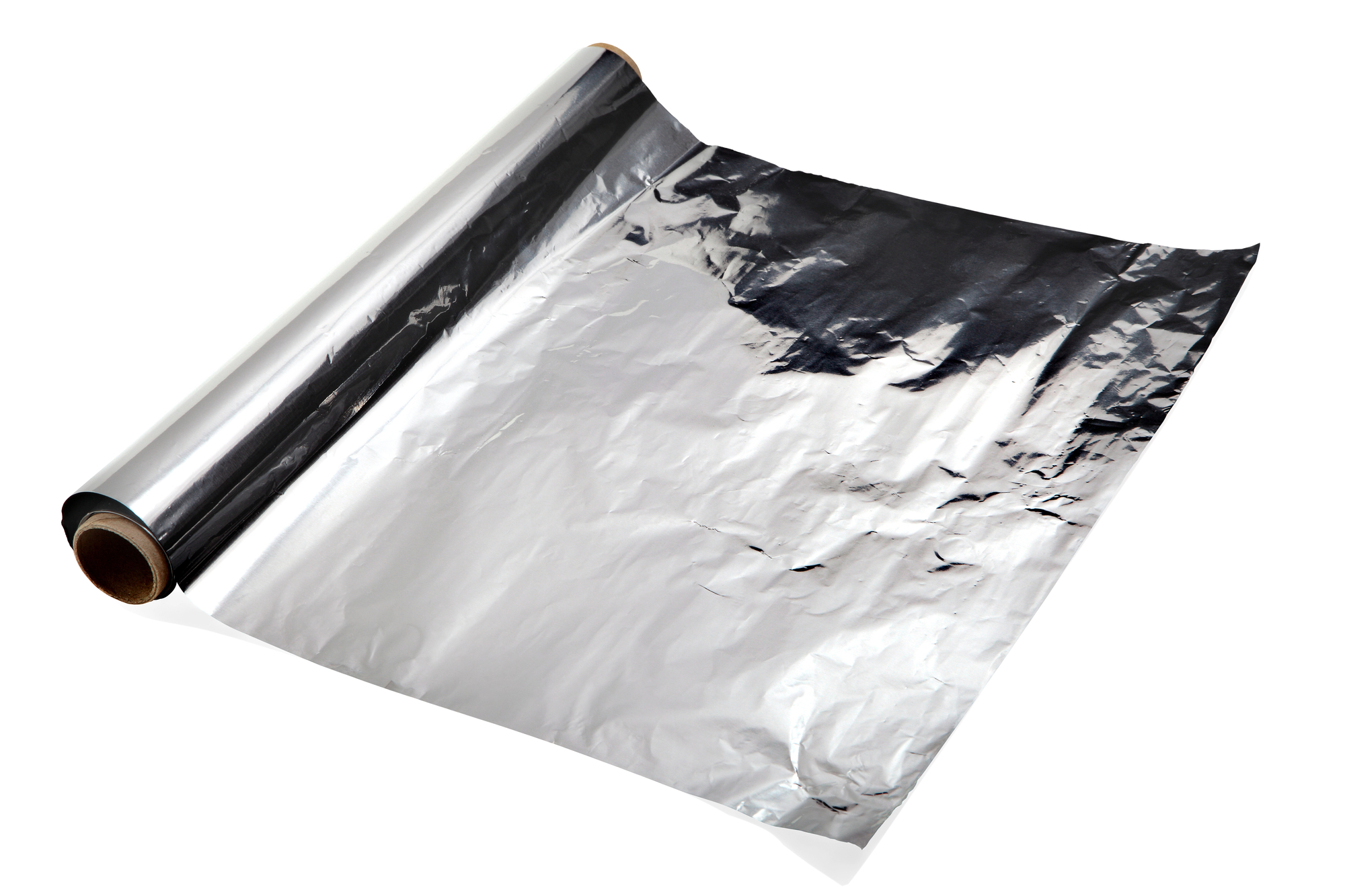
Aluminum foil is an essential type of kitchen utensil. It can be used for various tasks, from lining baking sheets to covering food.
It’s also great for preserving leftovers, grilling, and packing a picnic lunch.
Aluminum foil is also great for protecting food from burning or getting dried out when cooking in the oven.
It is an extremely versatile kitchen item and highly recommended for home cooks.
Aluminum foil is easy to use and can be cut to fit whatever you need. It is also very affordable and can be found at most grocery stores.
Be sure to buy the right thickness and size for your needs, as several different types of aluminum foil are available.
For example, heavy-duty aluminum foil can withstand higher temperatures and is better suited for grilling or roasting meats.
Use aluminum foil in the oven only on baking sheets and not directly on the rack.
Also, leave space between the aluminum foil and the food so it doesn’t stick to the food or start to burn.
After use, it’s best to dispose of the aluminum foil, as it can become discolored with repeated use.
Overall, aluminum foil is a great kitchen tool to have on hand for a variety of uses.
It’s cost-effective, versatile, and easy to use, making it a must-have item for every home cook!
46. Parchment Paper

Parchment paper is one of the different types of kitchen utensils, and it’s a must-have.
It’s great for baking, roasting, and air frying and can be used for virtually anything.
Parchment paper is highly versatile and perfect for cooking food that would otherwise stick to other materials like aluminum foil or regular baking sheets.
It’s safe in the oven, microwave, and stovetop. Plus, parchment paper is non-stick, meaning you won’t have to worry about scrubbing it off your pans or dishes afterward.
Line your pan with parchment paper before cooking; cleanup is a breeze!
Unlike aluminum foil, parchment paper is safe when exposed to high heat, making it a healthier option than others.
Parchment paper also helps keep moisture in while baking, which makes it great for things like roasting vegetables or baking slices of bread.
No matter what you’re cooking, parchment paper is a kitchen utensil you should always have.
It’s simple, durable, and easy to clean up after use. So make sure you stock your kitchen with parchment paper today!
47. Towels
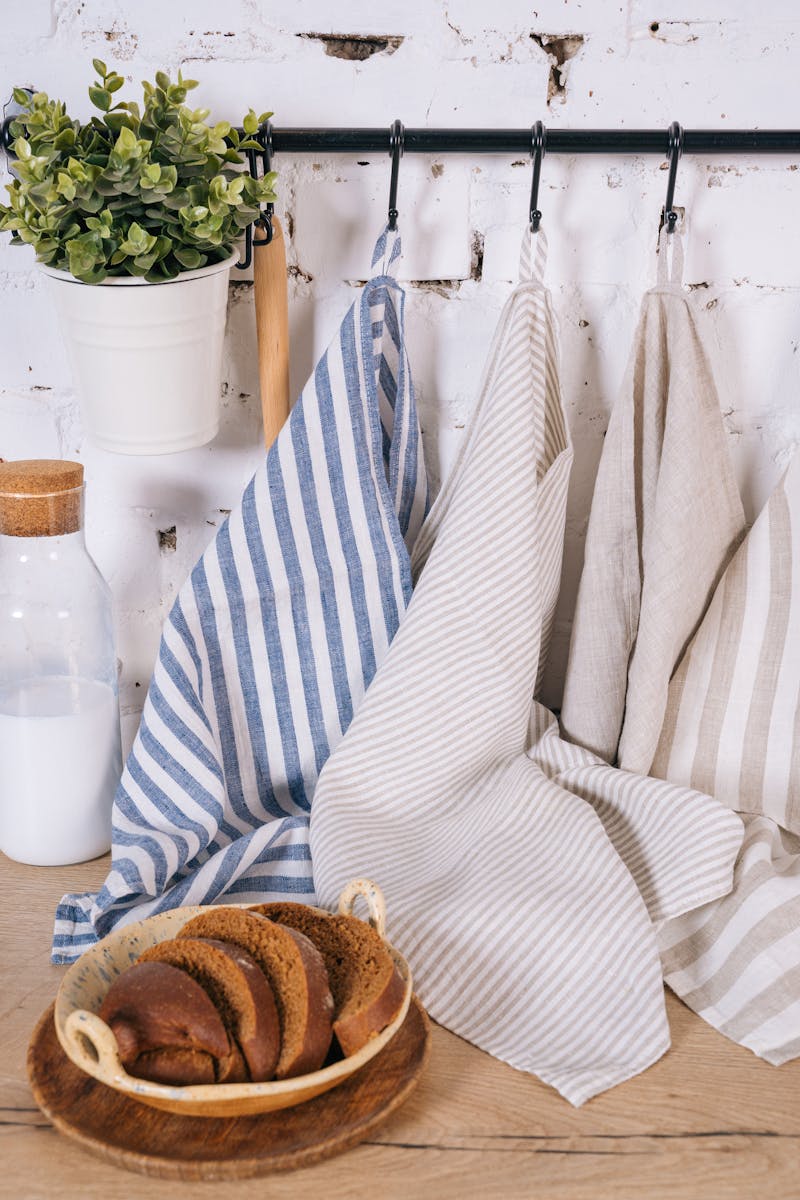
Towels are one of the different types of kitchen utensils. They are used for various tasks, from washing dishes and hands to wiping spills.
When choosing kitchen towels, opt for natural fibers like cotton or linen.
Cotton towels absorb water quickly, making them ideal for drying dishes and hands.
Linen towels are highly absorbent and durable, making them great for spills and messes.
Be sure to get a few different colors of kitchen towels to track which one is being used for what purpose easily.
Look for towels with hanging loops that can be hung on a towel rack so they’re always within reach.
48. Dish Rack

A dish rack is an essential type of kitchen utensil. It helps keep your countertop free of clutter and makes it easier to find dishes and utensils.
Dish racks come in various shapes and sizes, so you can find one that works best for your space.
Look for models with adjustable tiers or moveable compartments for different dish sizes.
Some dish racks also include an area for hand washing or a built-in drain tray.
When choosing a dish rack, make sure it is made from durable materials to withstand wear and tear from regular use.
It’s also important to look for a model that is easy to clean and can fit comfortably on your countertop.
With the right dish rack, you can keep your kitchen organized and ensure all your dishes are within easy reach.
49. Ice Cube Tray
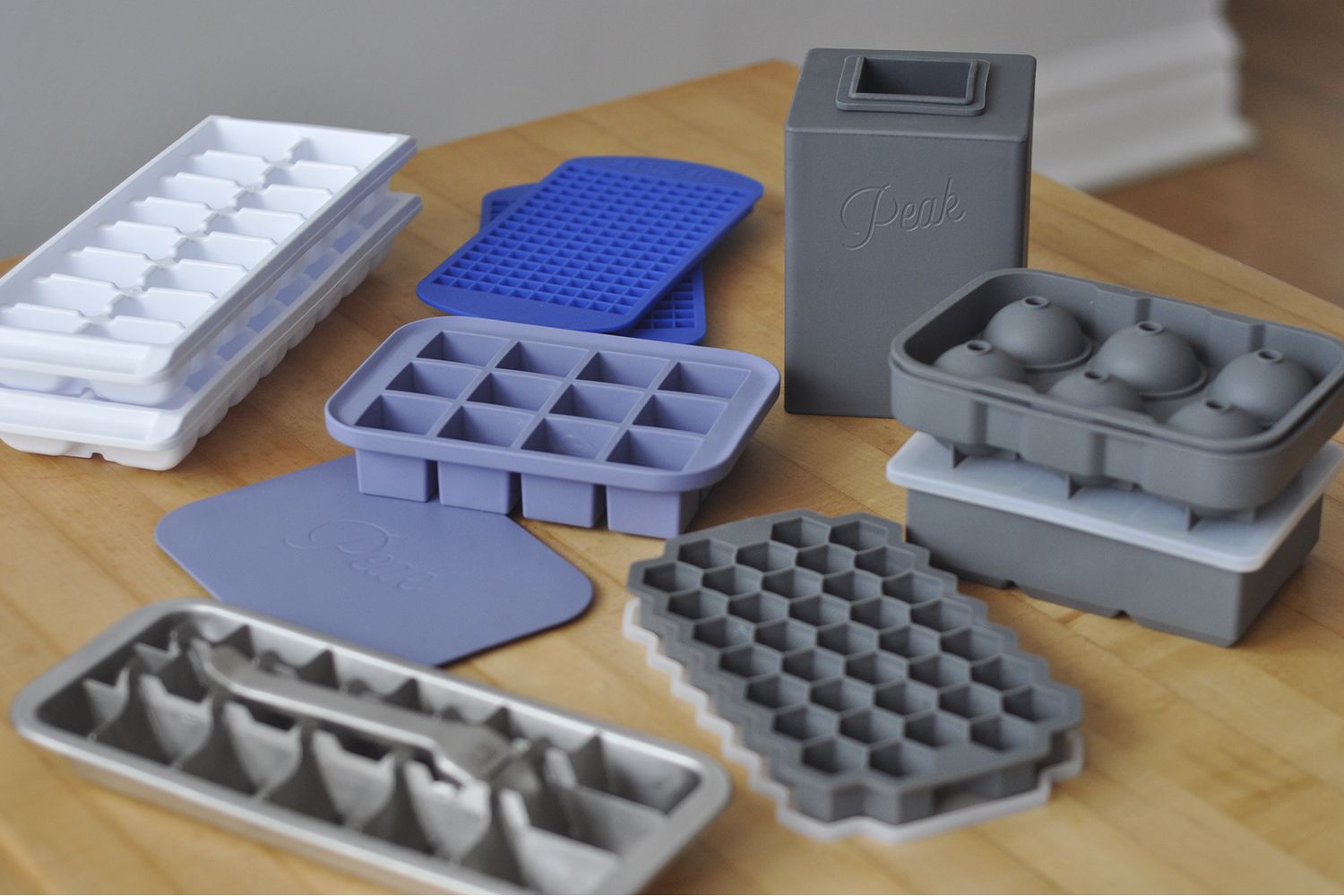
An ice cube tray is one of the essential types of kitchen utensils. An ice cube tray is used to make ice cubes that can be used for various purposes, including adding flavor to drinks, cooling down food, and making slushies.
The most common types of ice cube trays are plastic and silicone.
Plastic ice cube trays are the traditional option and are easy to use, but they are more prone to cracking and leaking when filled with water.
On the other hand, silicone ice cube trays are more durable and flexible, making them better suited for freezing liquids like homemade fruit juice or sauces.
Regardless of the type, selecting an ice cube tray with a lid or cover is important, as it will help keep out any contaminants that may affect the taste of your ice cubes.
Ice cube trays come in different sizes and shapes, so you can choose one that best suits your needs.
For example, if you plan to use the ice cubes for drinks or cocktails, you may opt for a tray with larger cubes. Smaller cubes may work better for making smoothies or slushies.
No matter what type of ice cube tray you choose, clean it thoroughly between uses and allow the cubes to freeze completely before removing them from the tray.
This will help prevent spills or messes and ensure your ice cubes are as flavorful and enjoyable as possible!
50. Small Trash Bags

Small trash bags are one of the different types of kitchen utensils and a must-have for any kitchen.
They can store small amounts of food scraps, crumbs, and other items that don’t fit in regular trash cans.
Small trash bags come in different sizes and shapes so that you can choose the best fit your needs.
When shopping for small trash bags, look for durable ones with tight seals to prevent odors from escaping.
You should also purchase the right size for your trash cans, as some models might be too big or too small.
You can easily dispose of food scraps with small trash bags and tidy your kitchen.
51. Baking Sheets and Cooling Racks
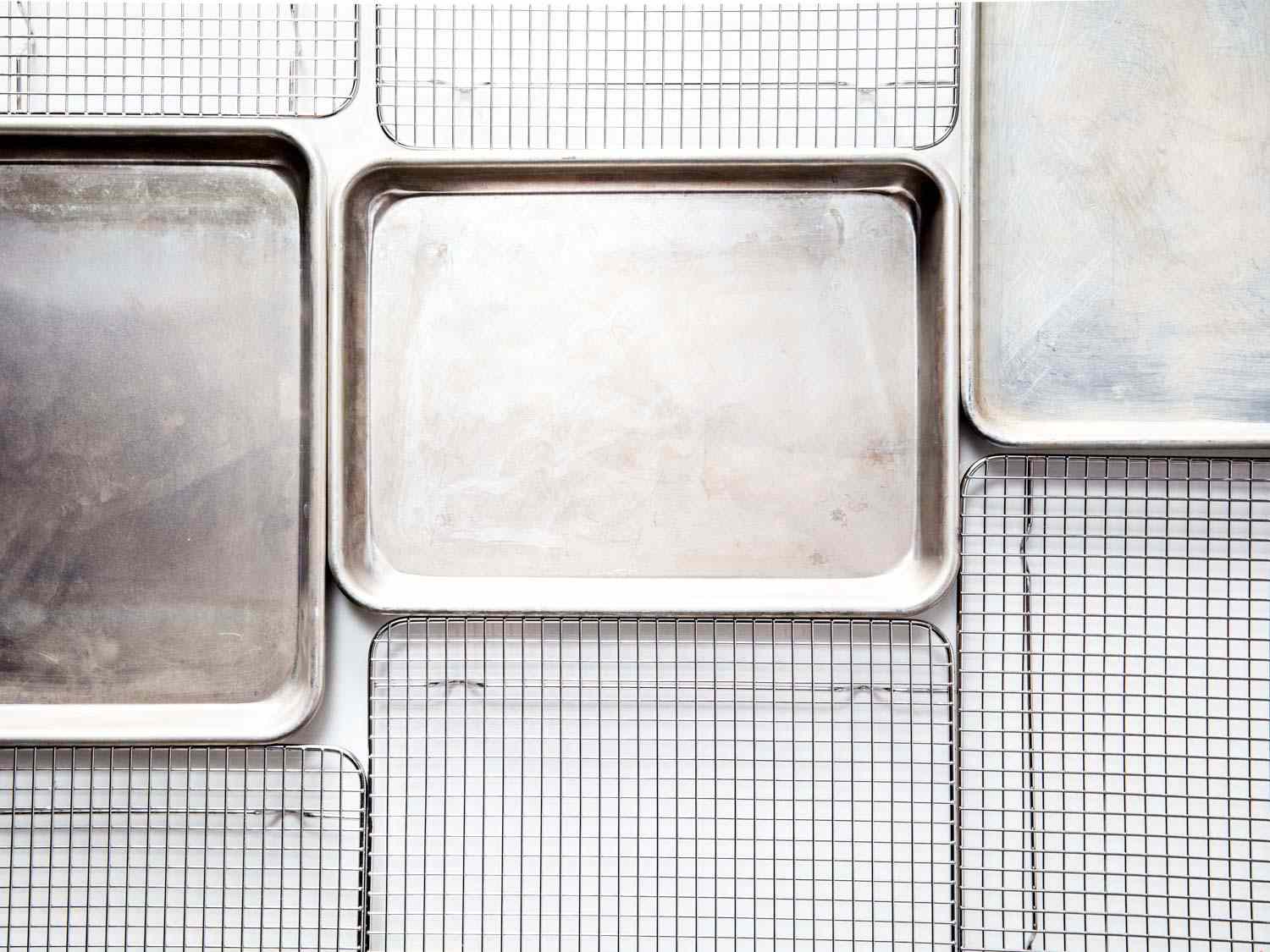
Baking sheets and cooling racks are different types of kitchen utensils.
Baking sheets are perfect for baking cookies, biscuits, pastries, other desserts, and savory dishes like roasted vegetables.
A cooling rack can be placed over a baking sheet to provide an even, elevated surface to cool baked goods, preventing them from becoming soggy or sticking to the baking sheet.
Cooling racks are also great for cooling hot pots and pans. Look for baking sheets and cooling racks made from durable materials like stainless steel for the best results.
For added convenience, choose models with non-stick surfaces for easy clean-up.
With these two essential utensils in your kitchen, you’ll easily create delicious baked goods and savory dishes.

